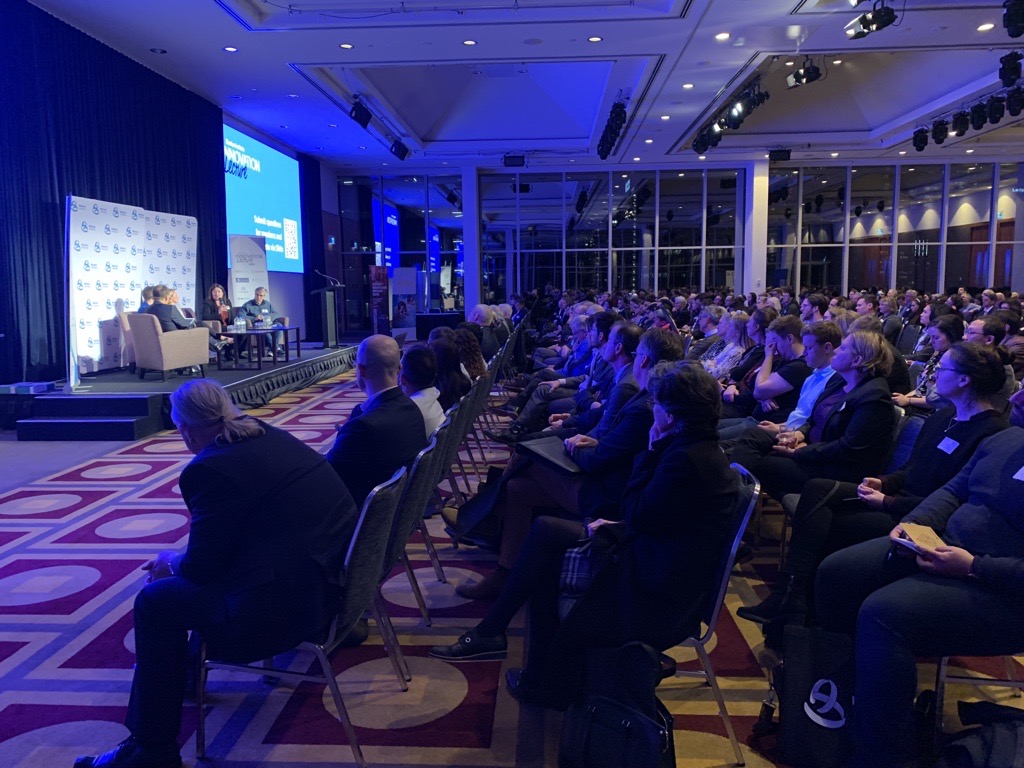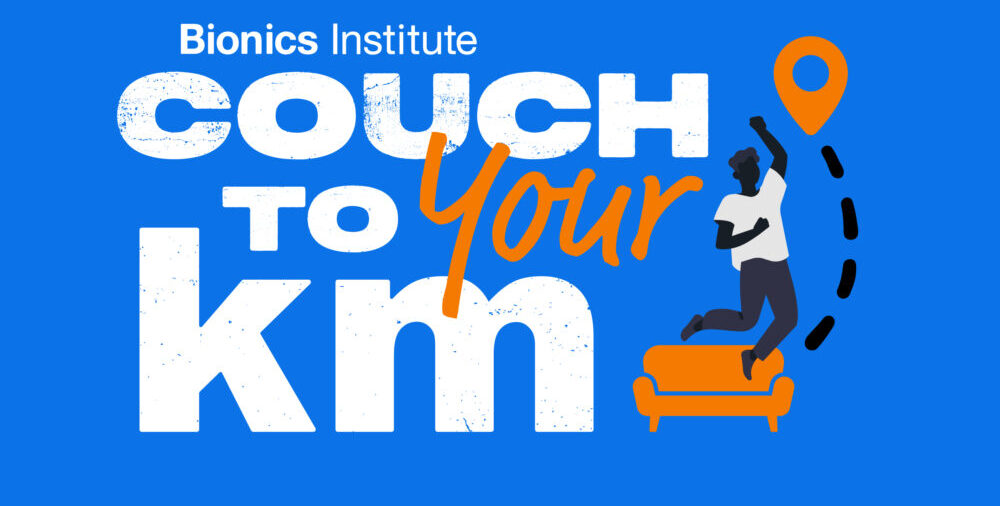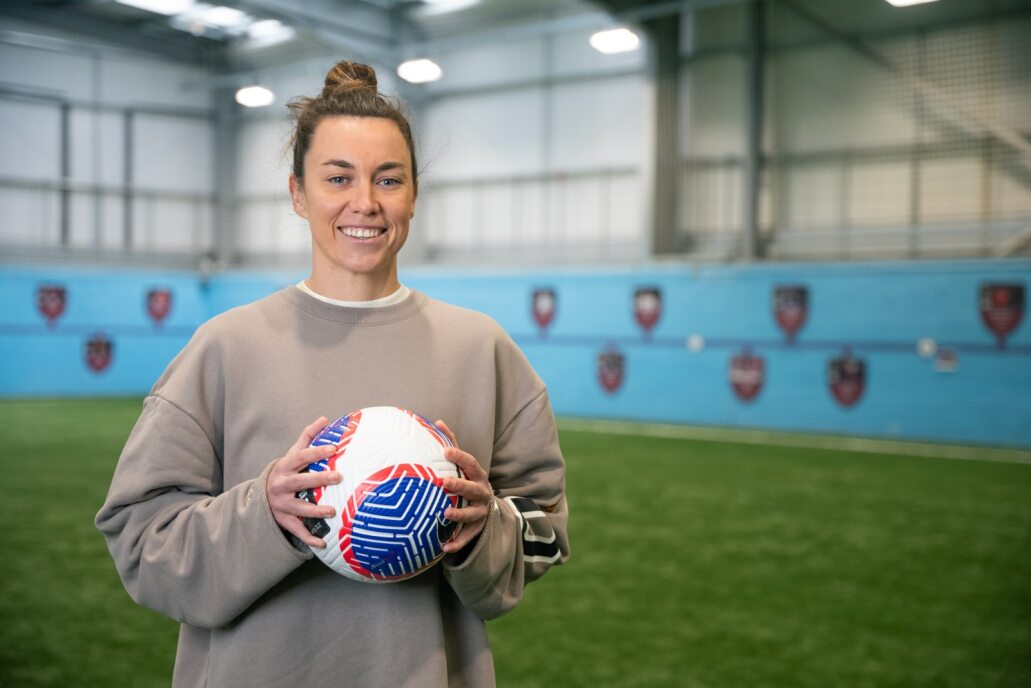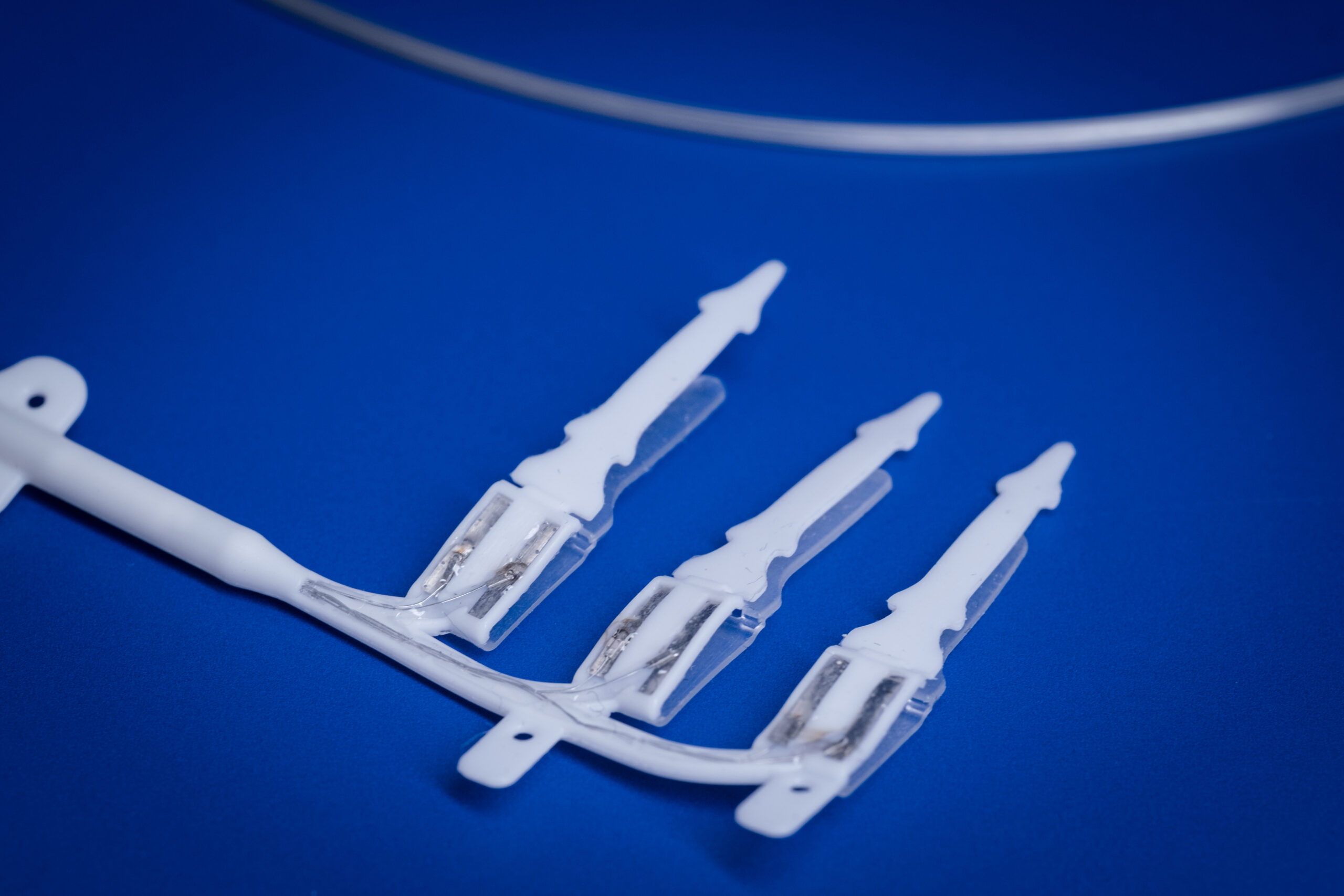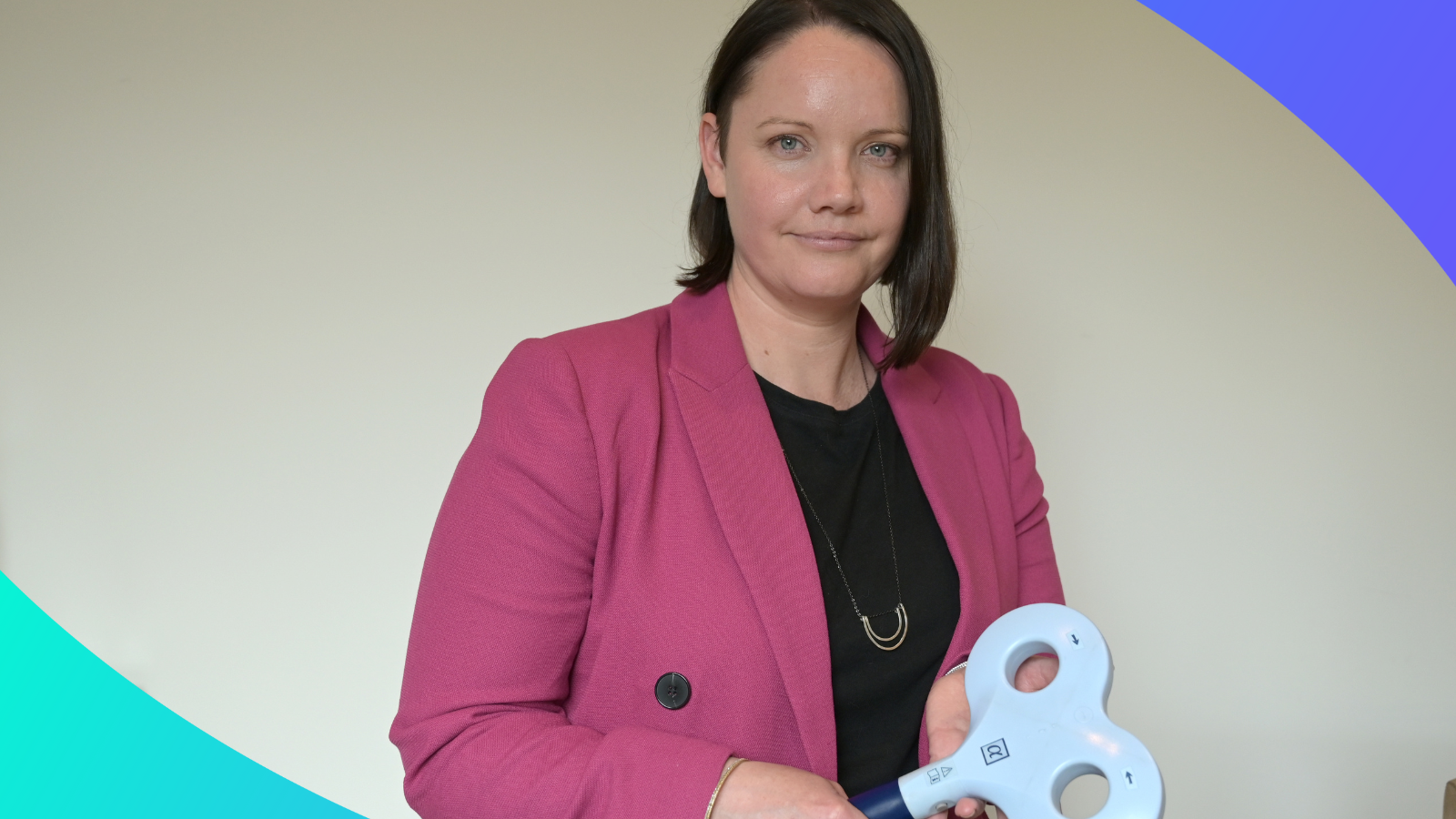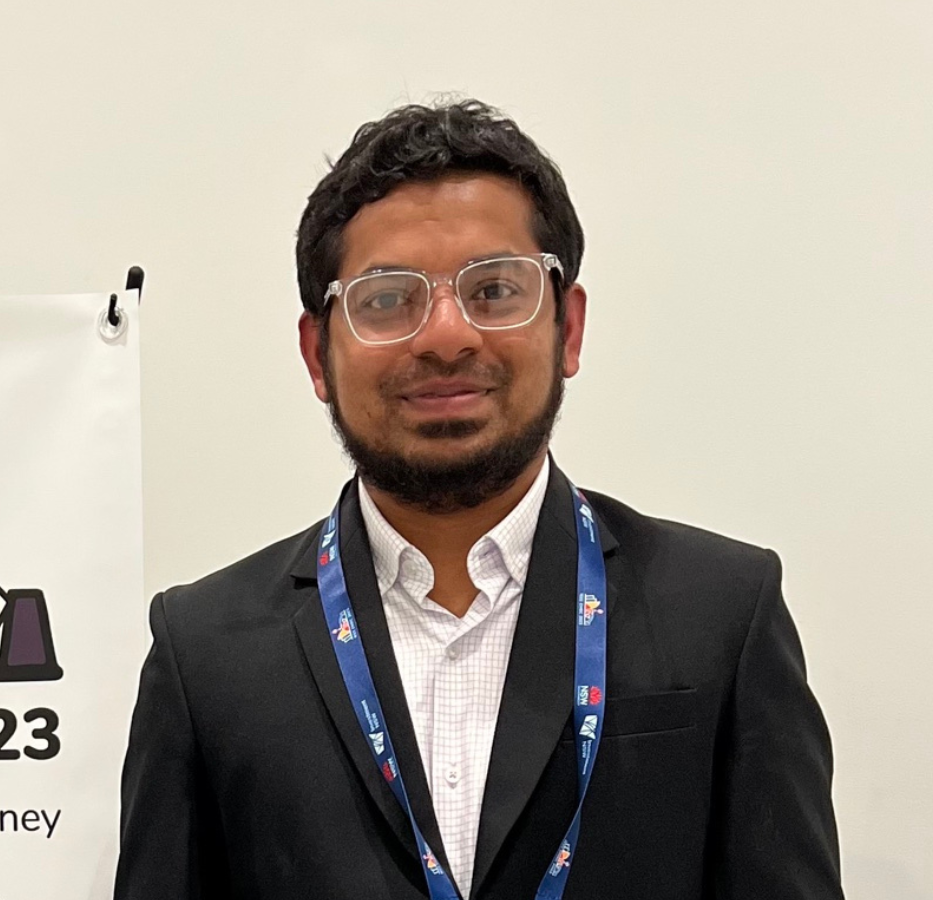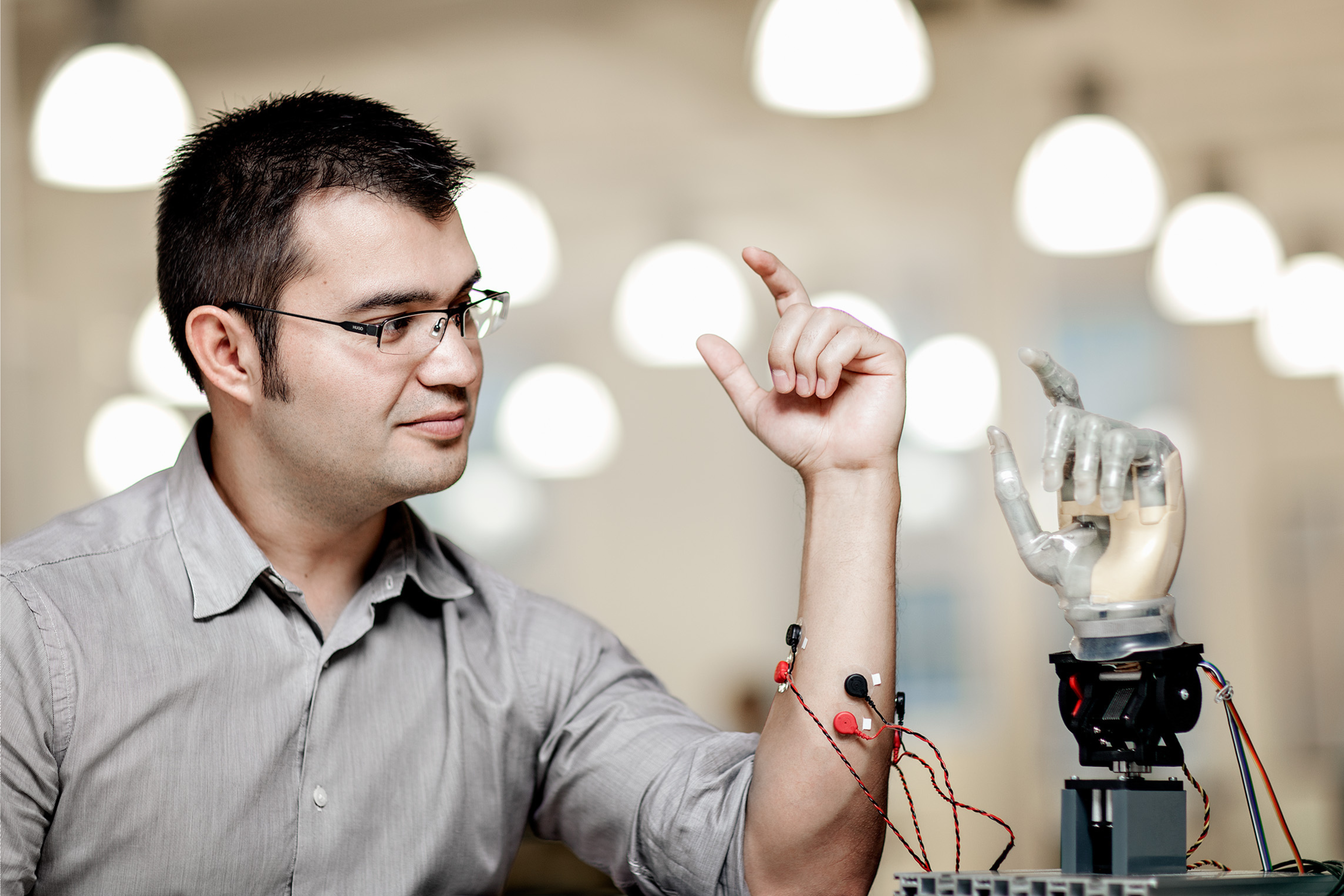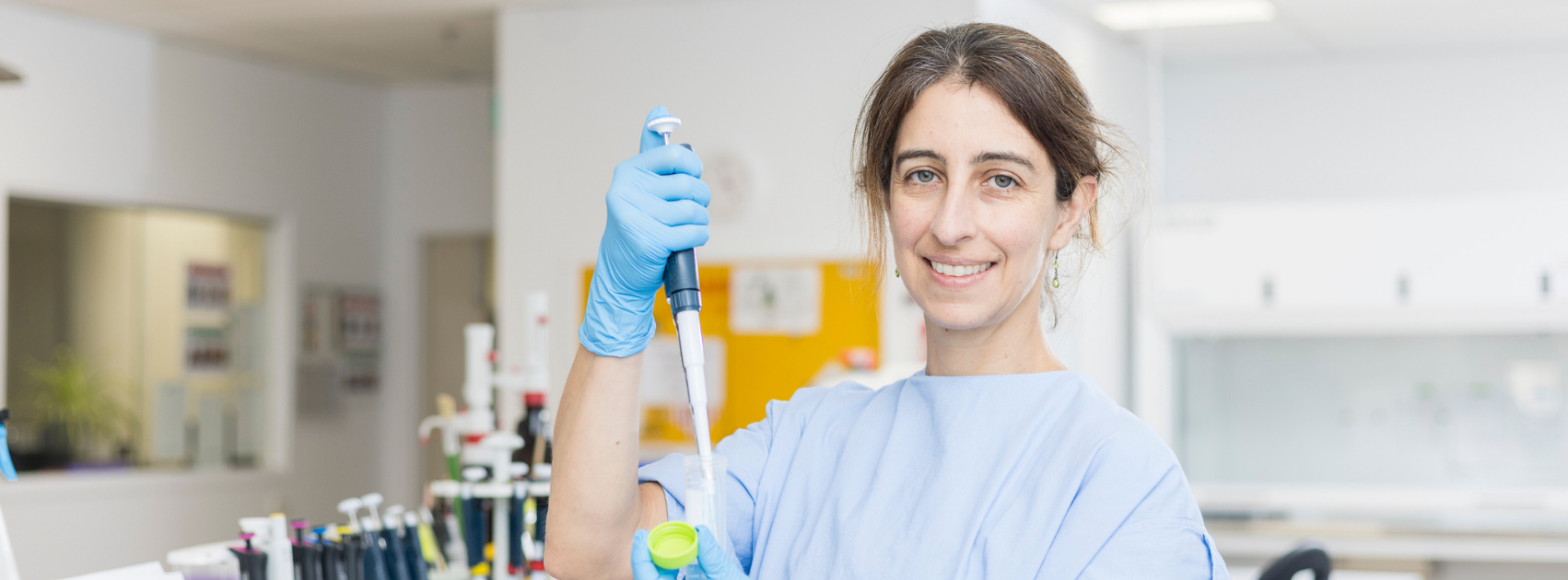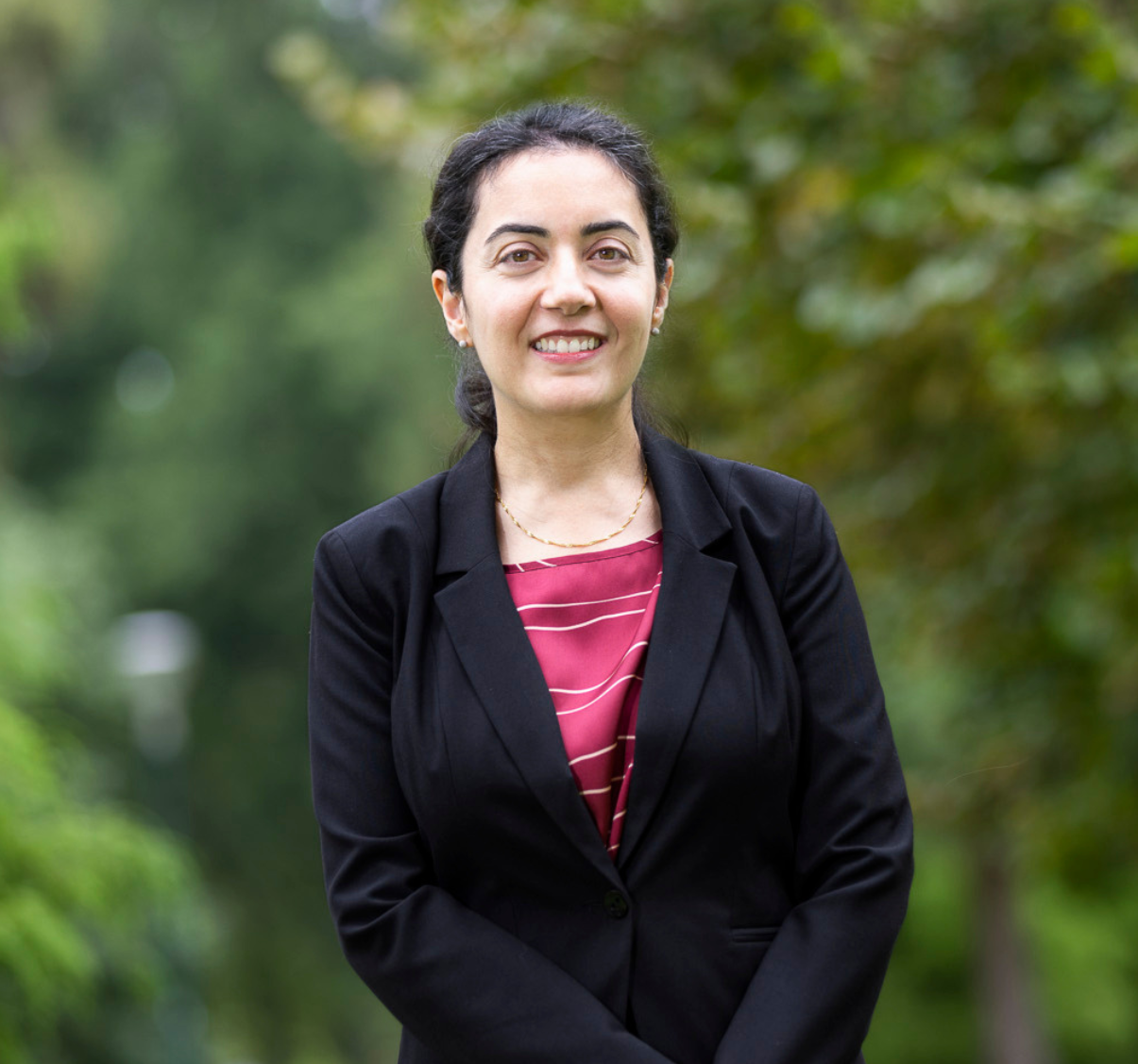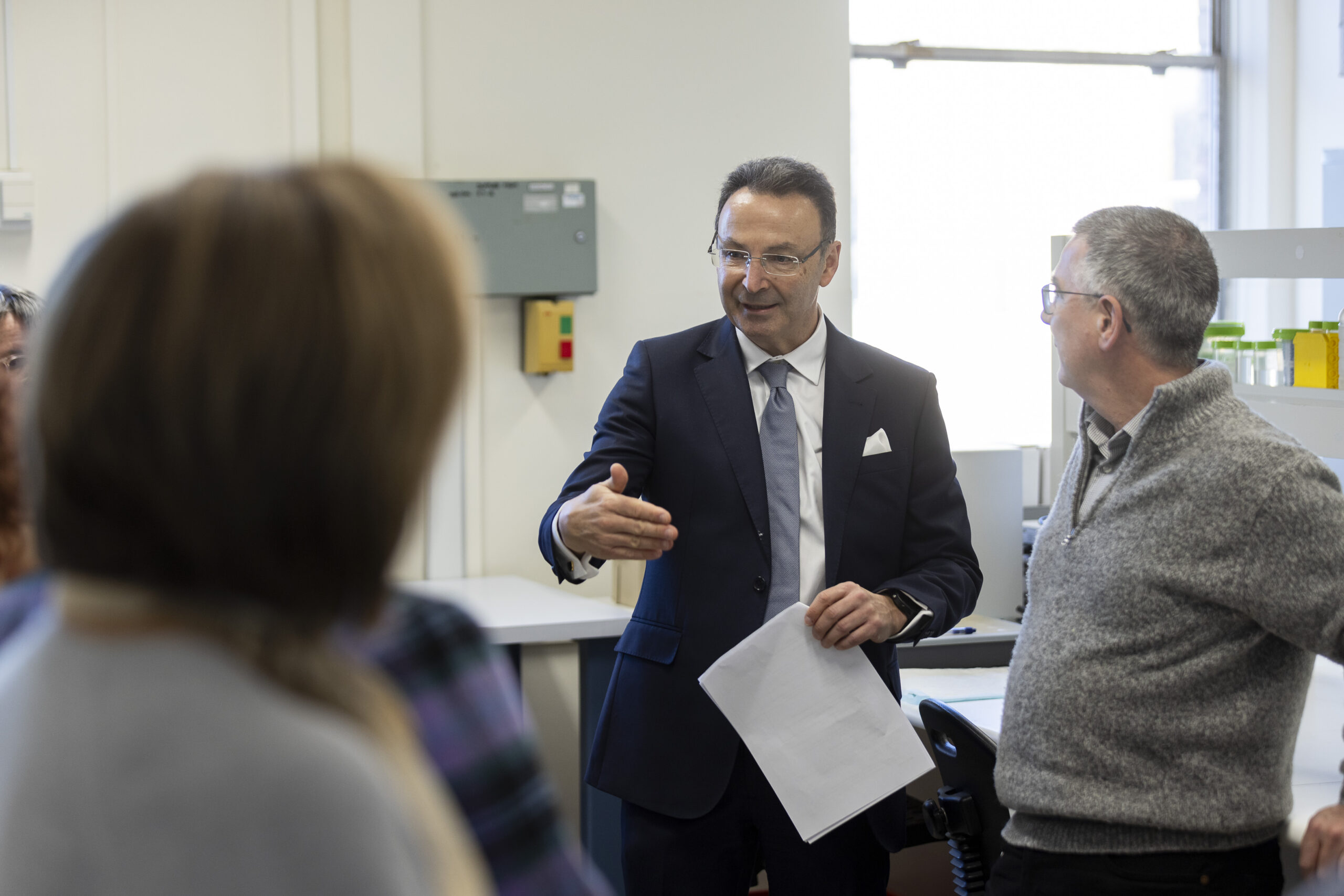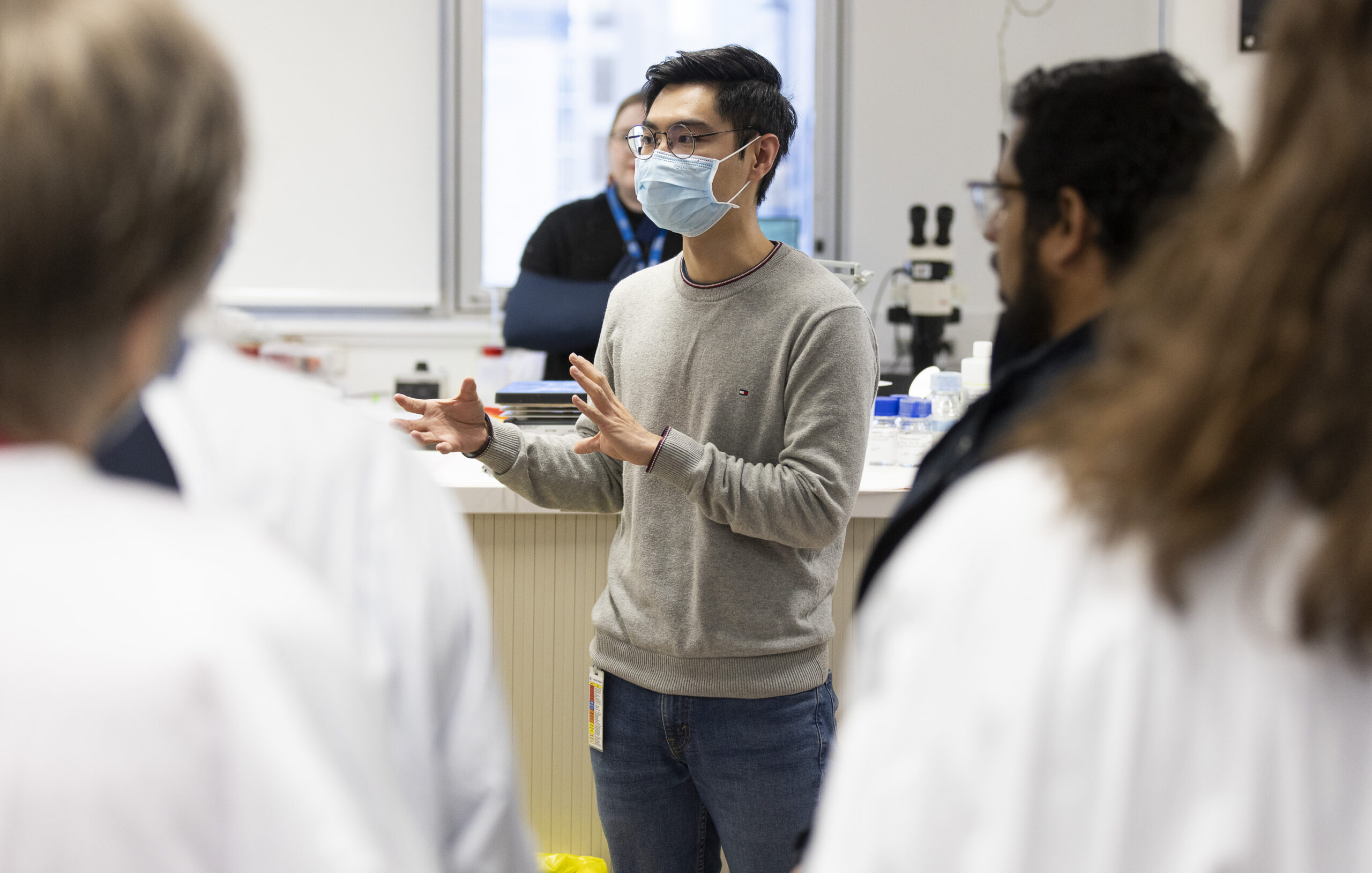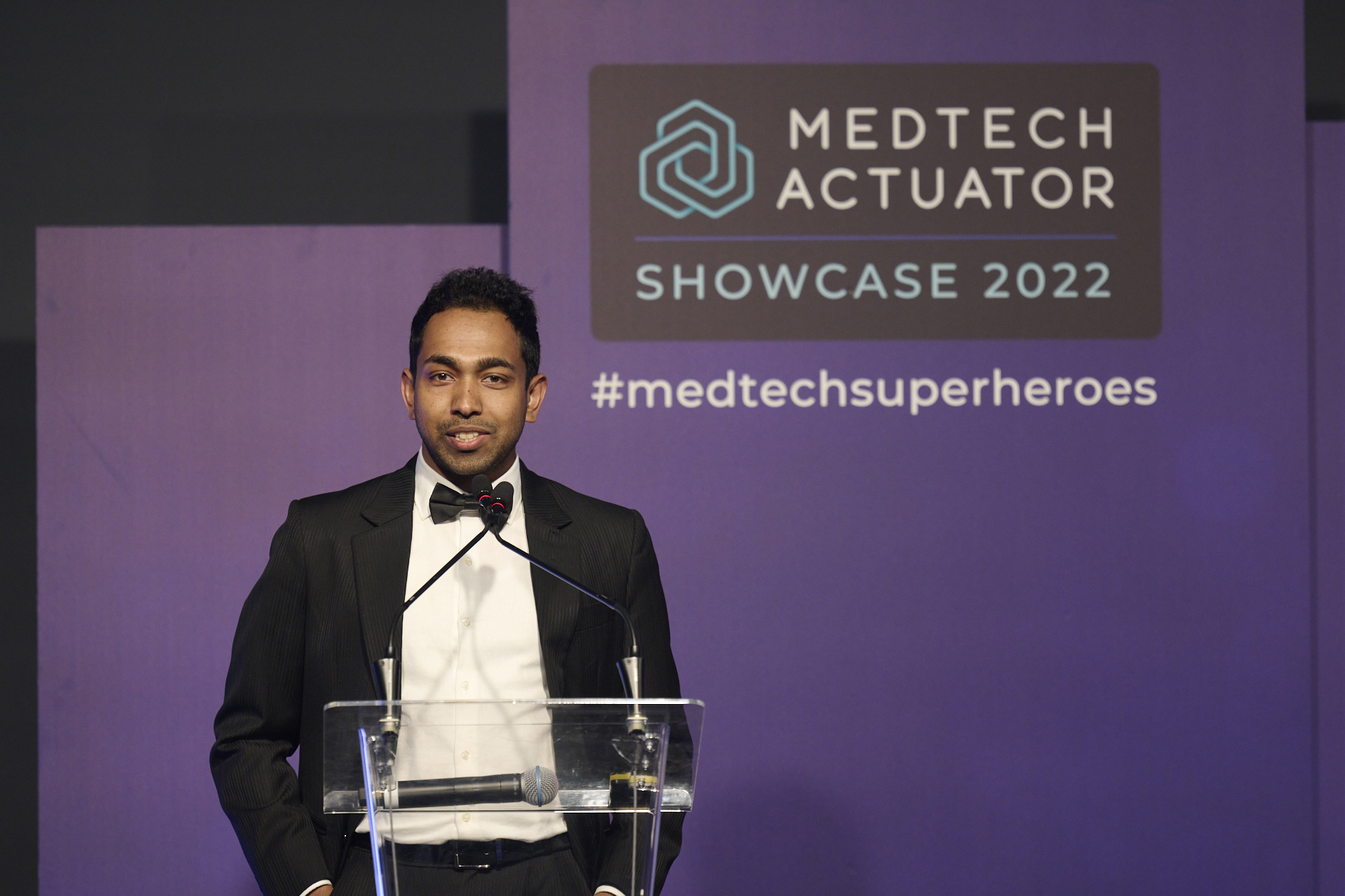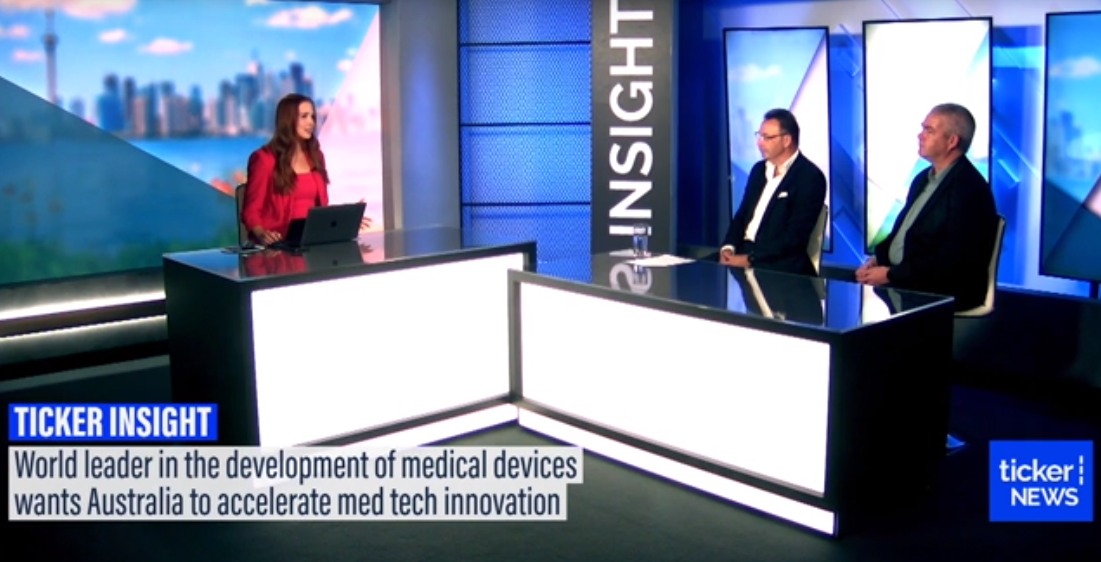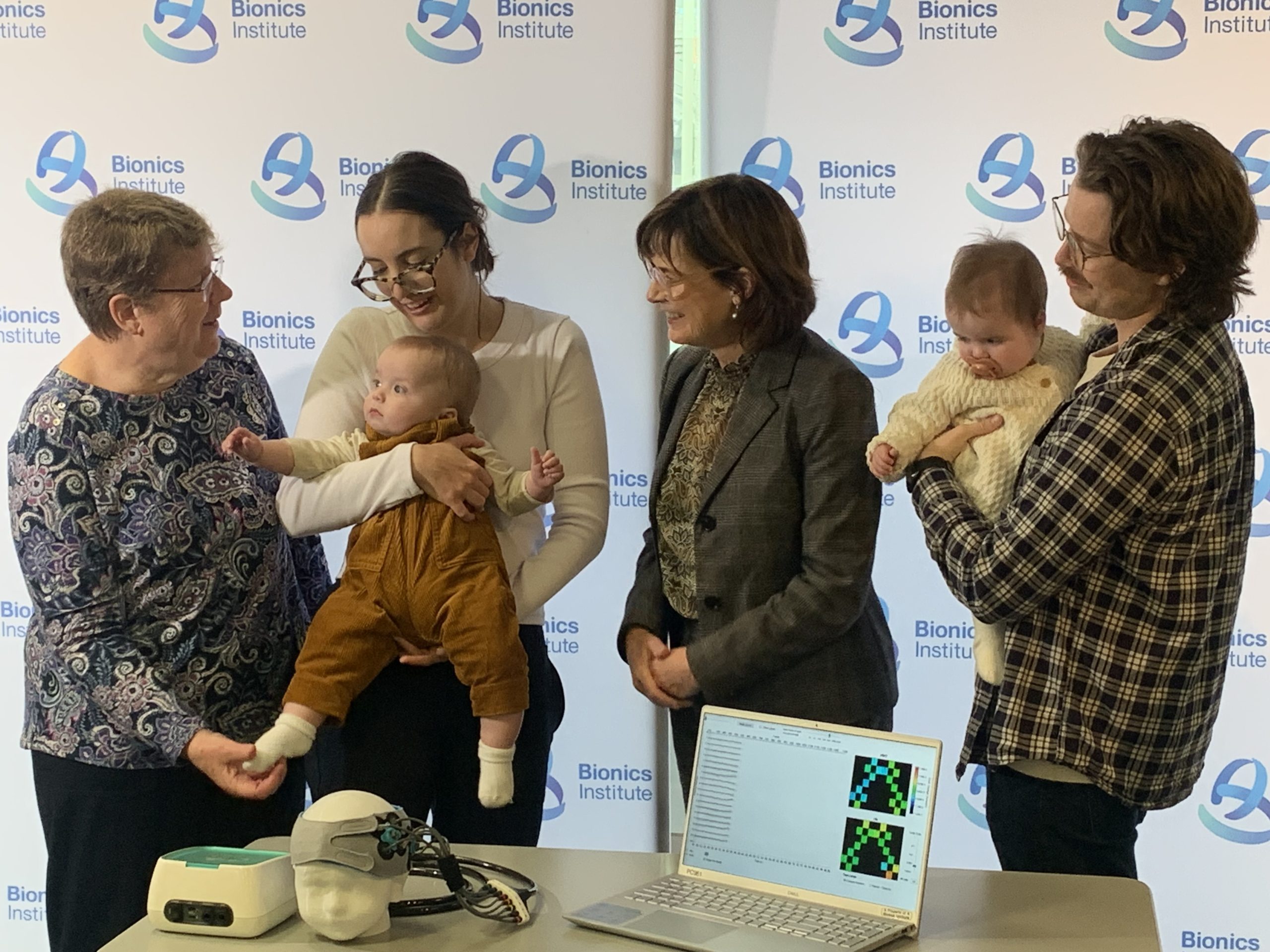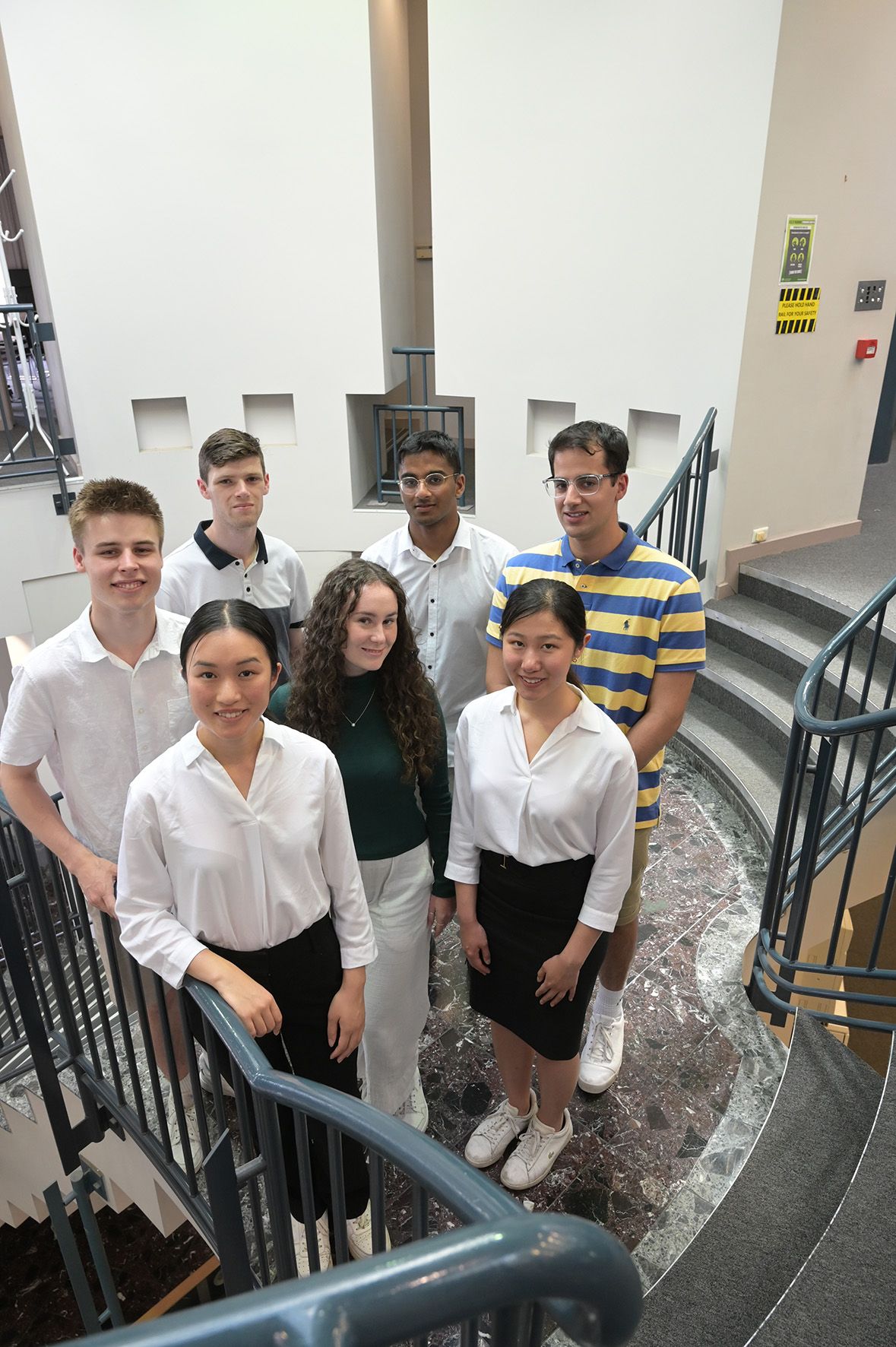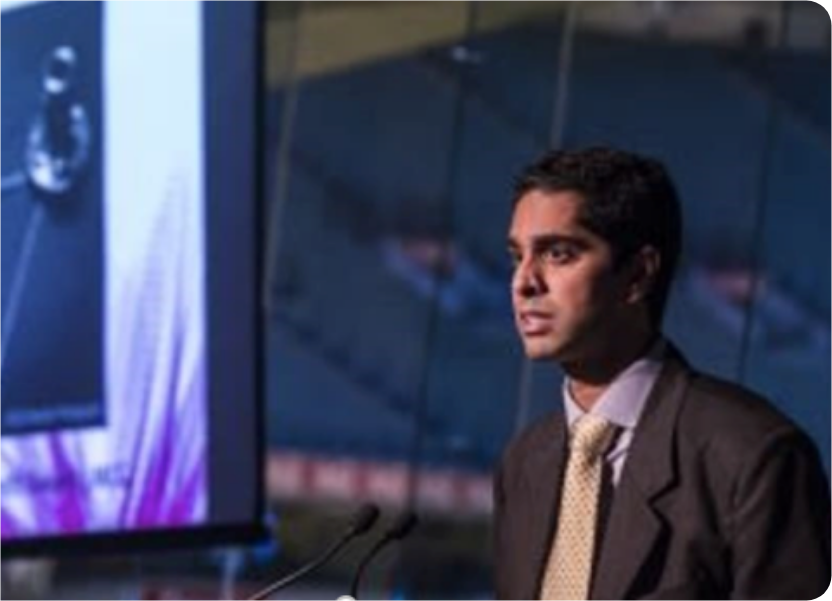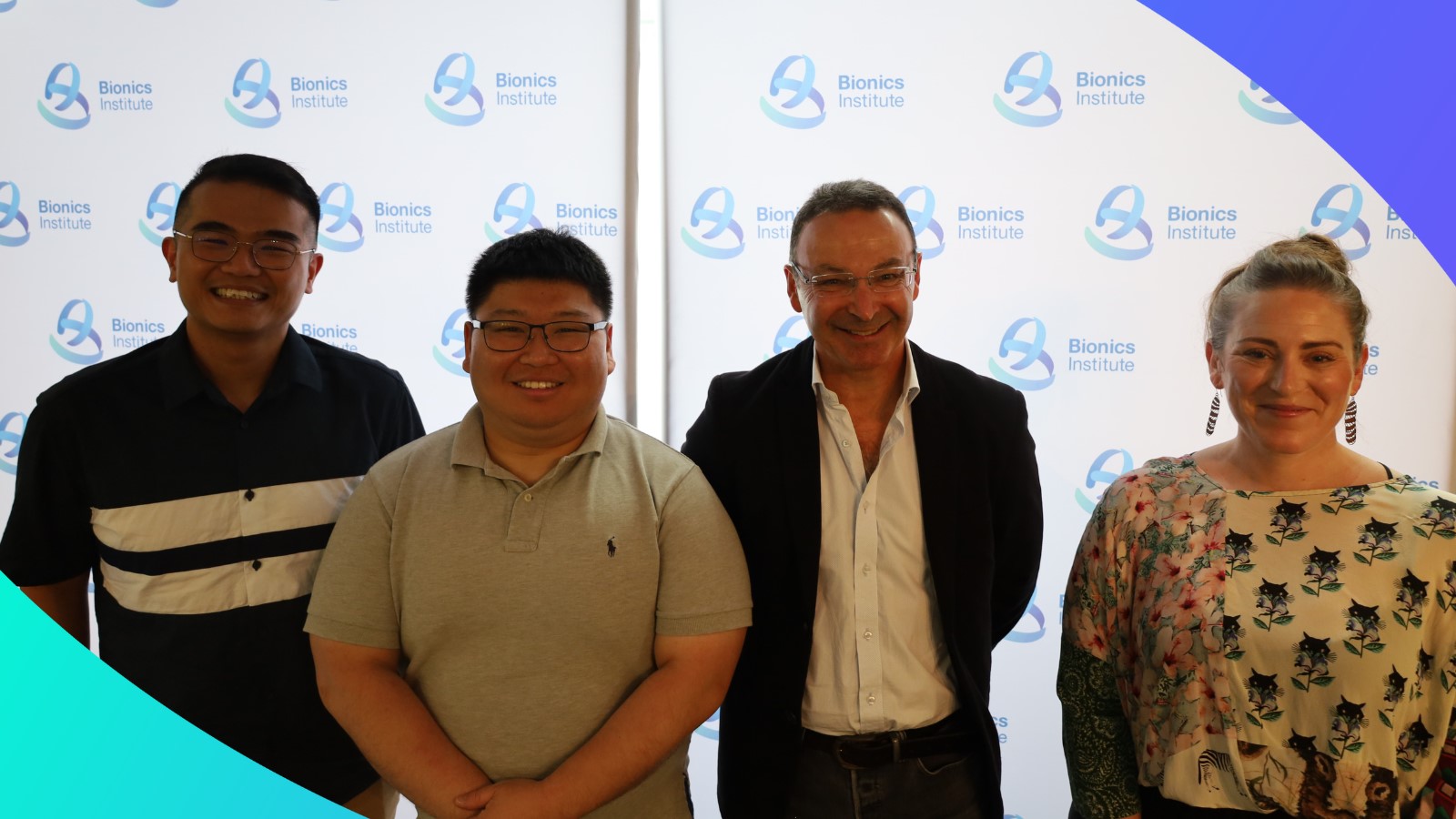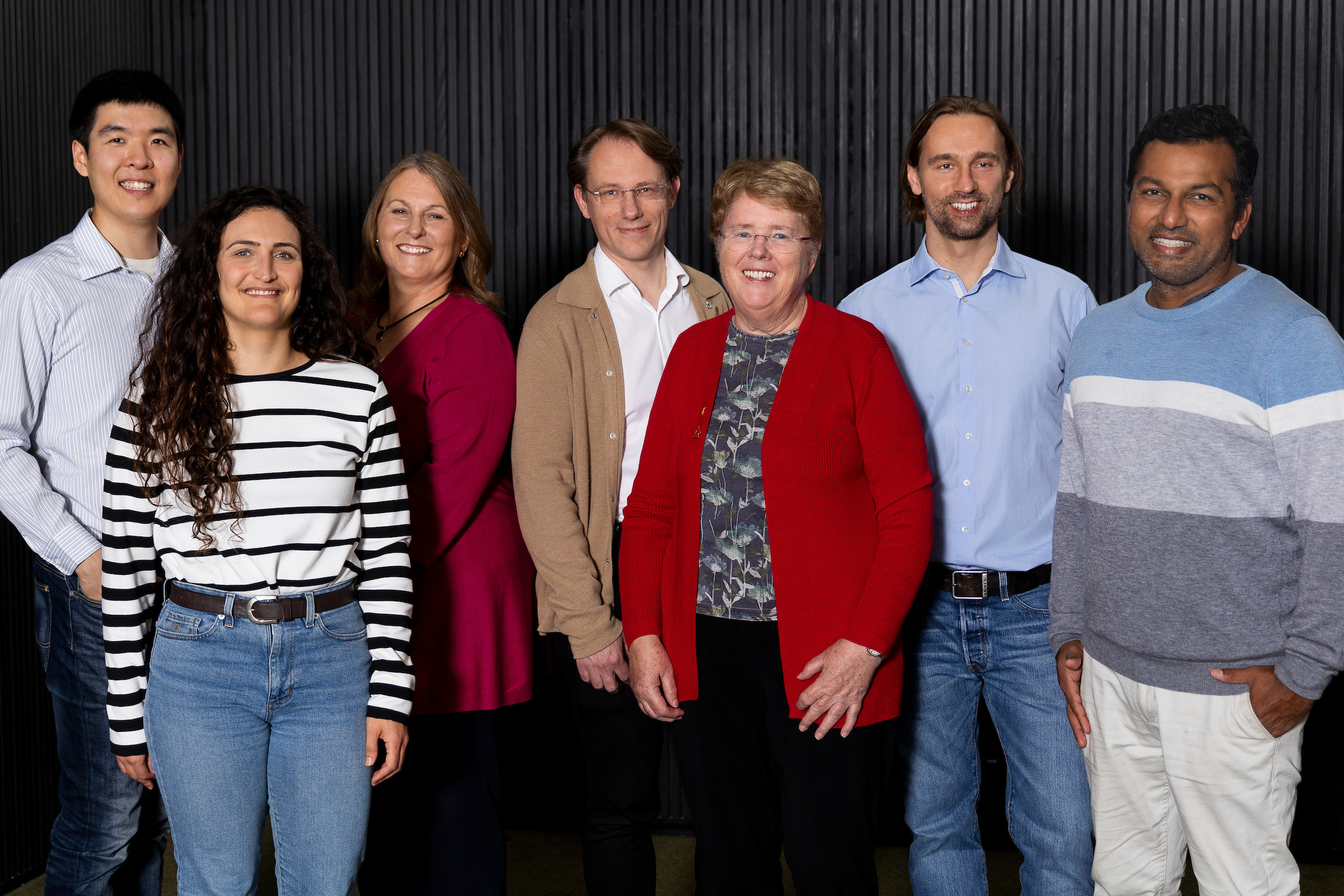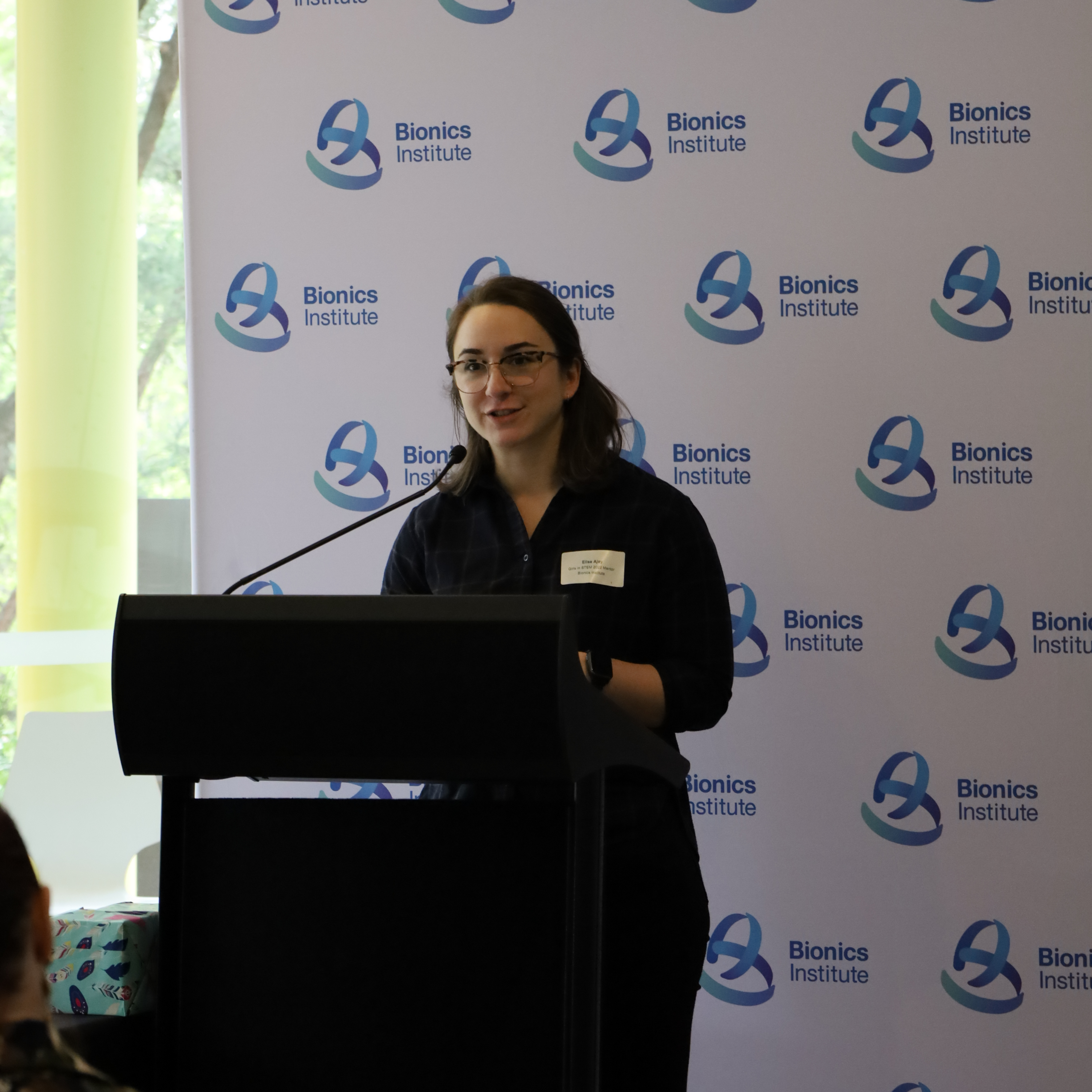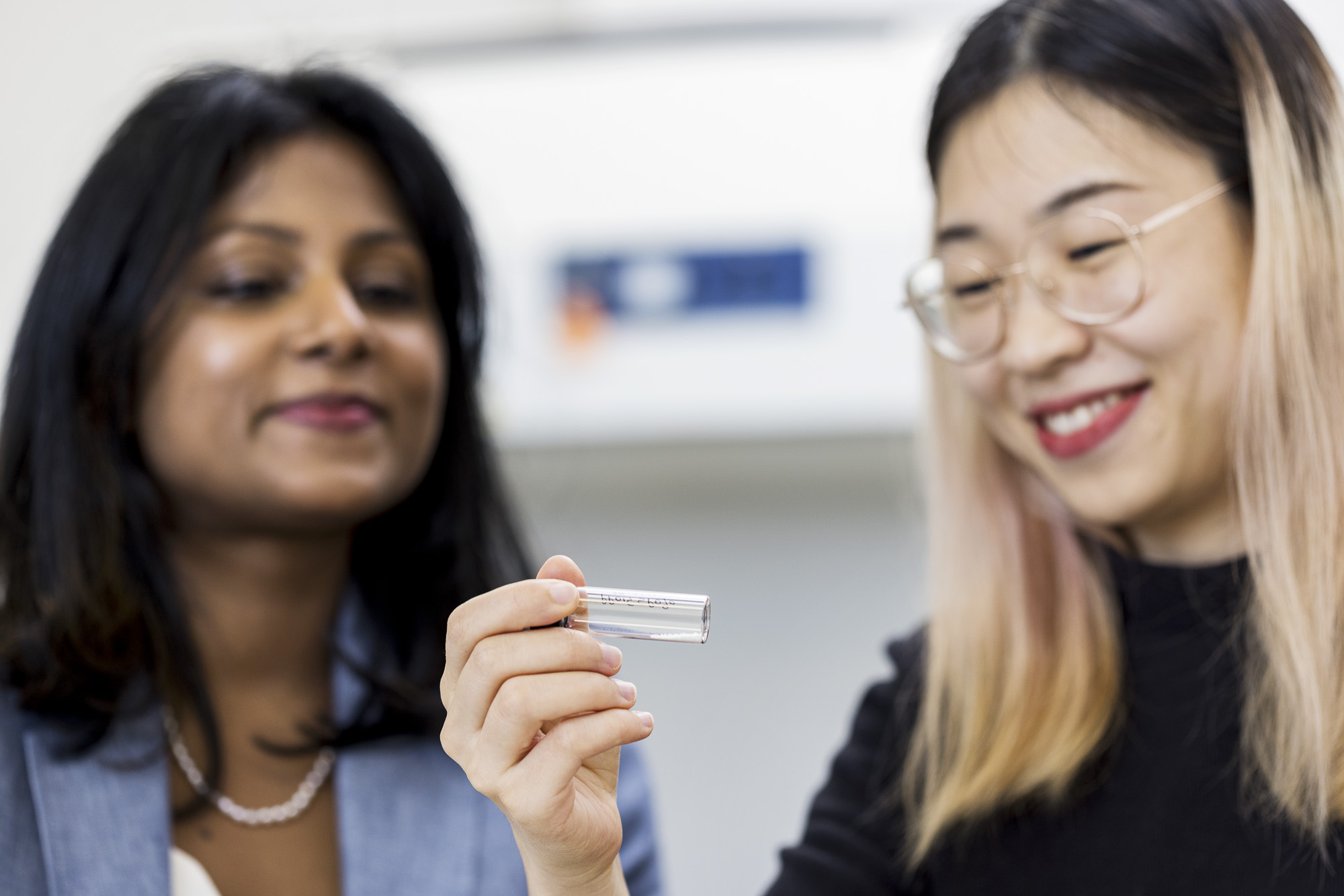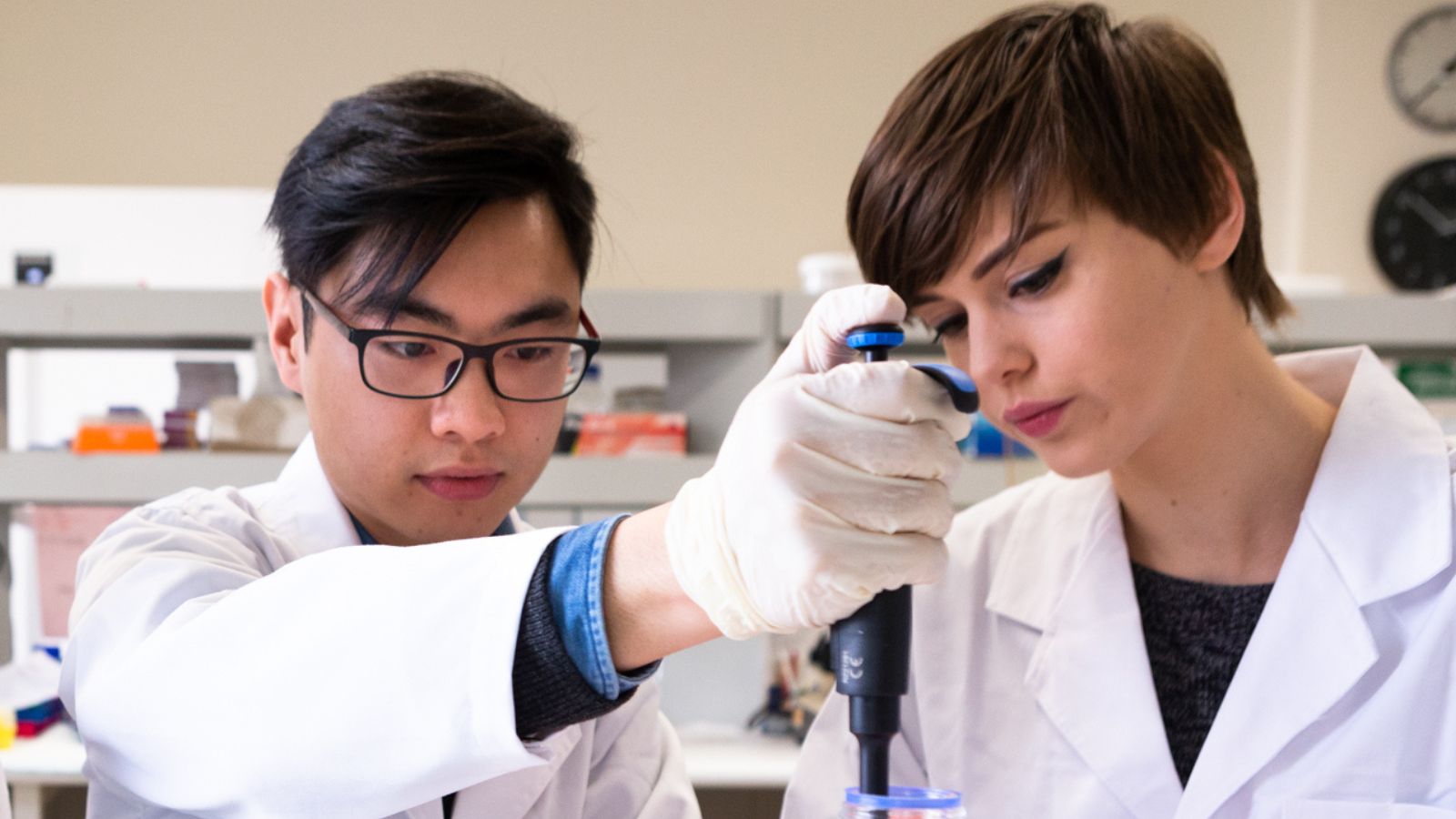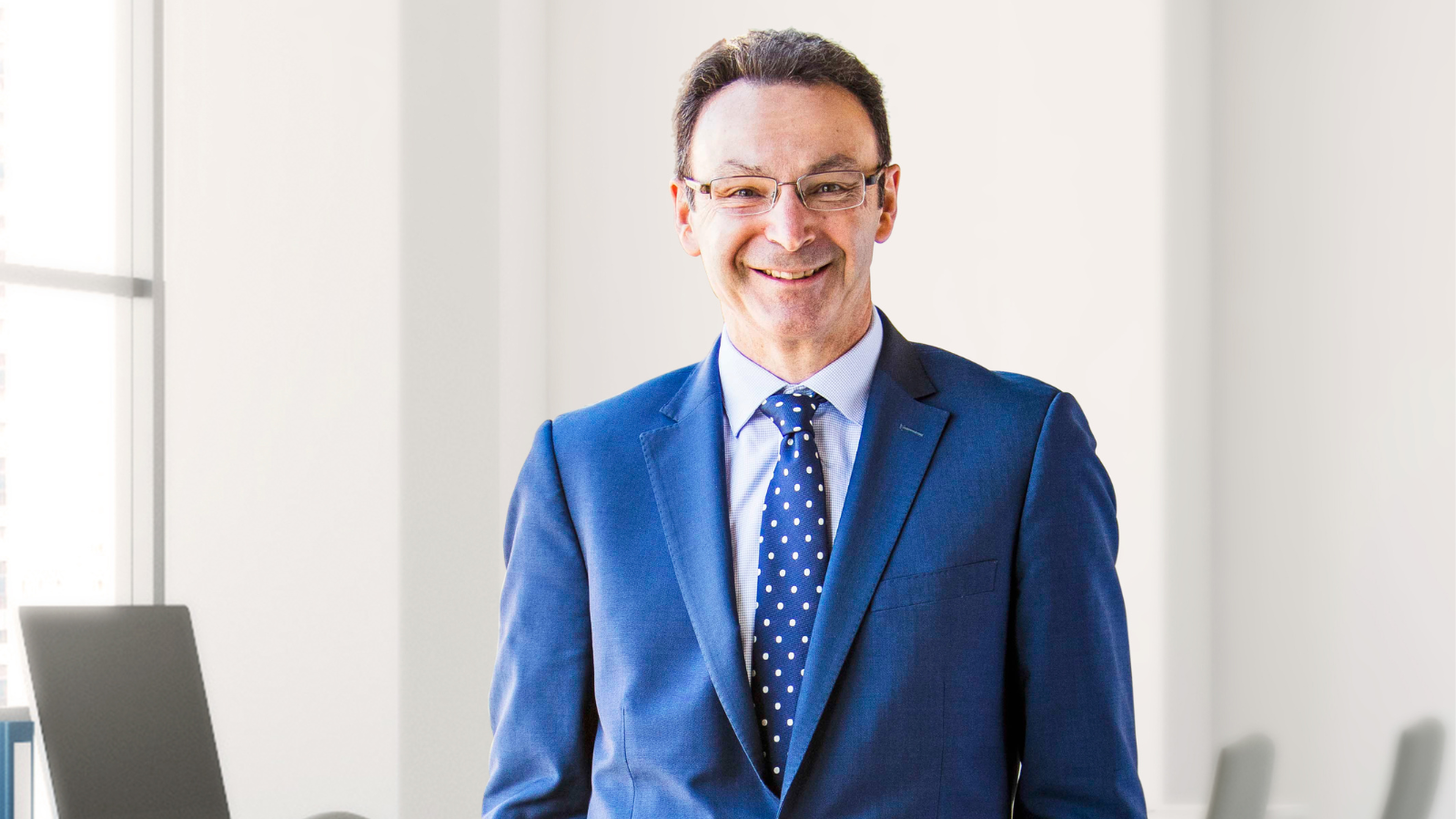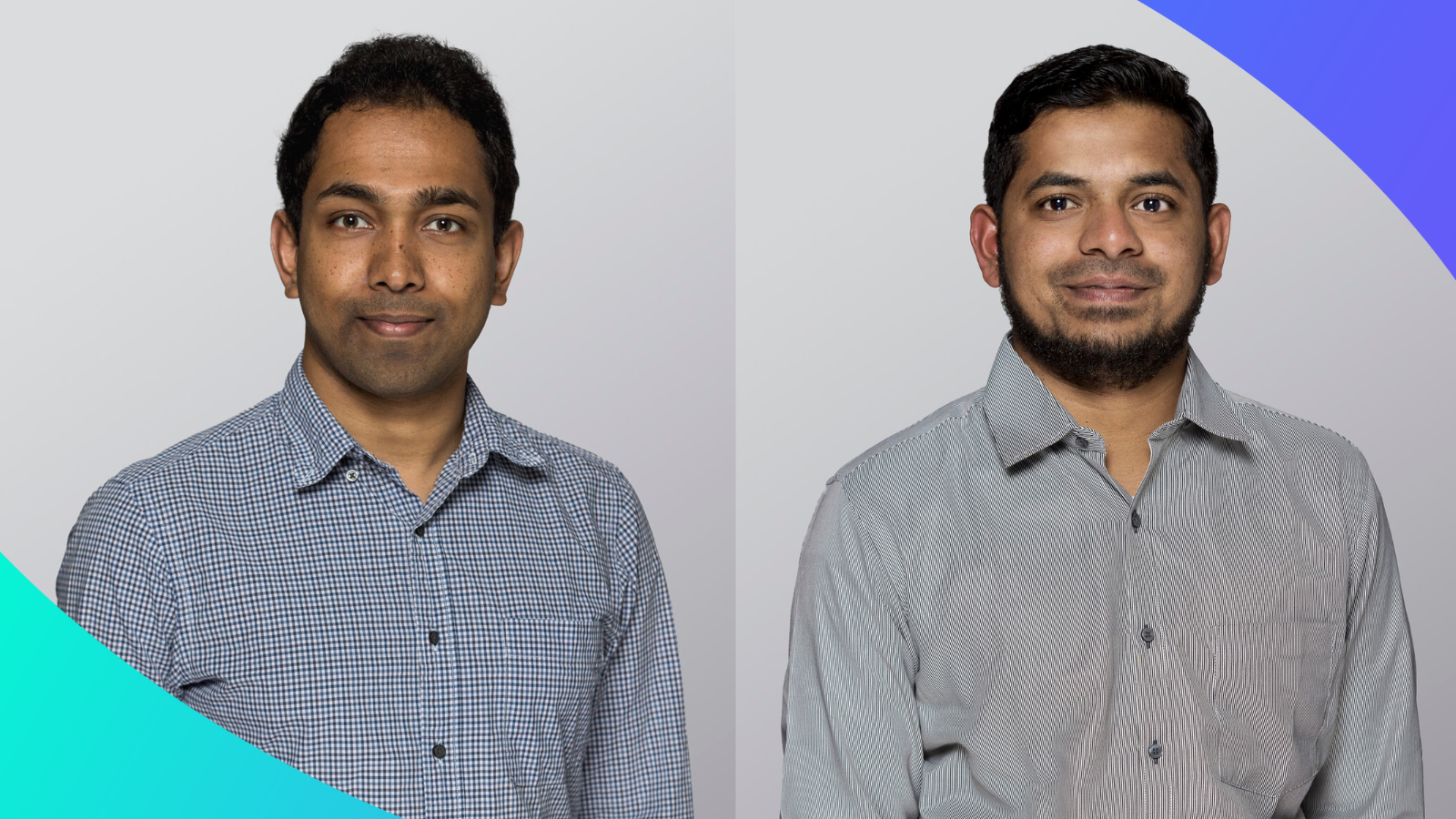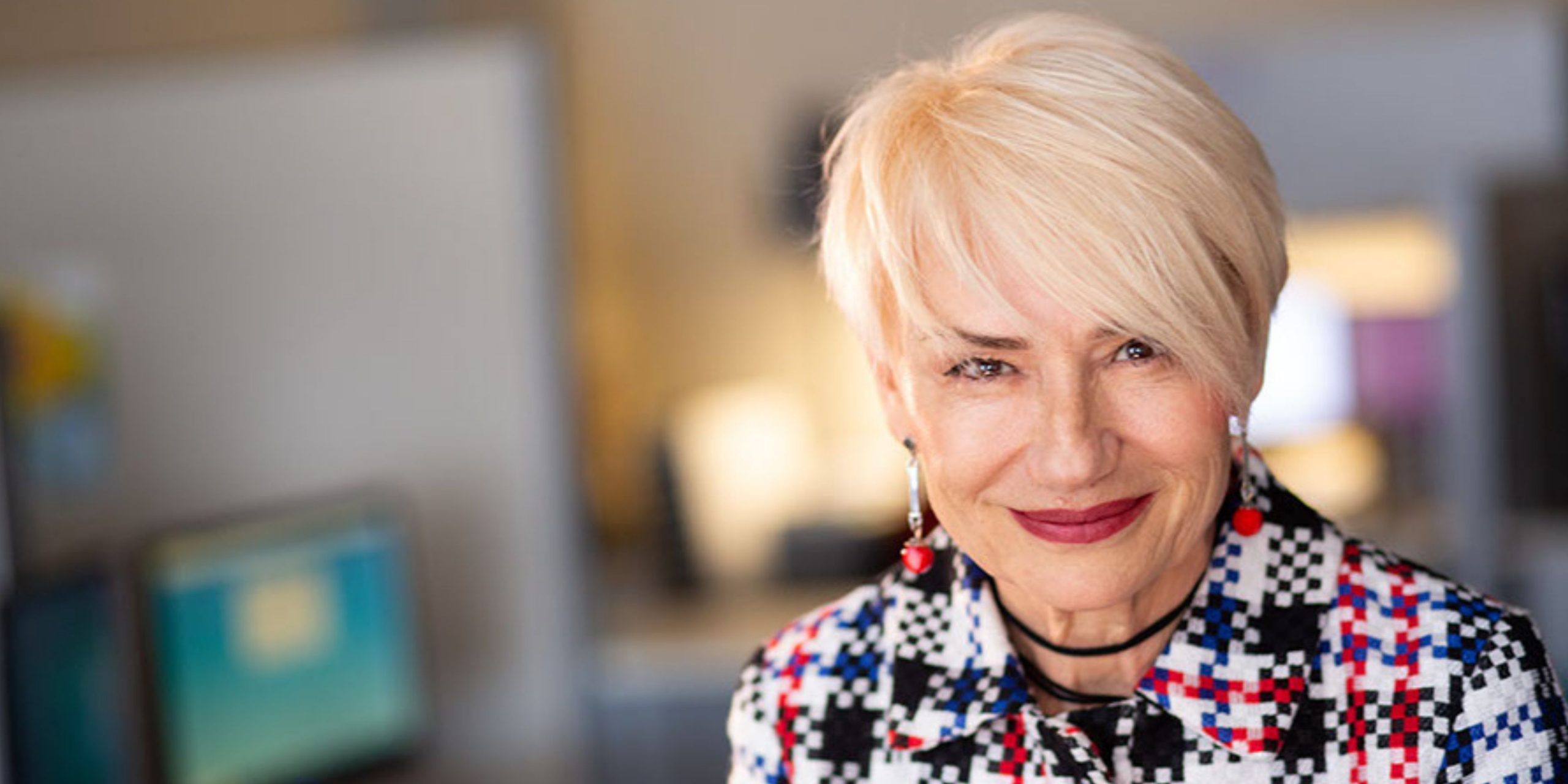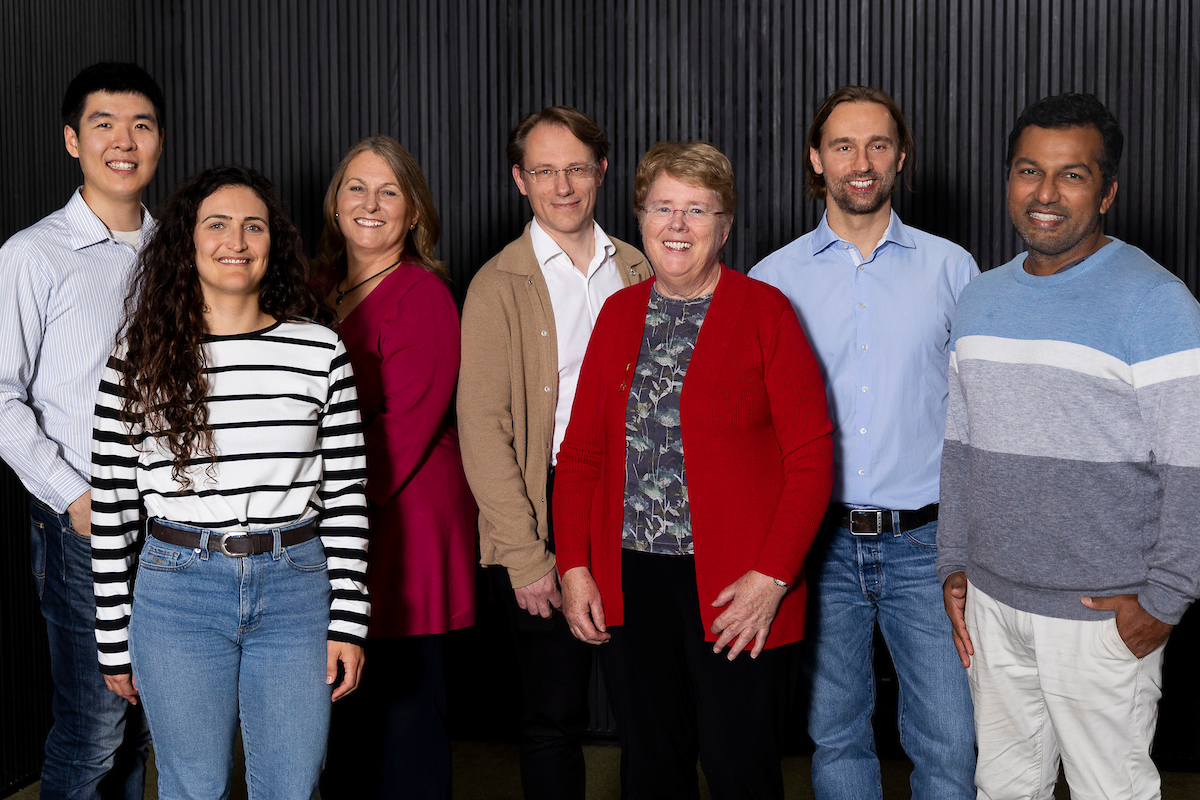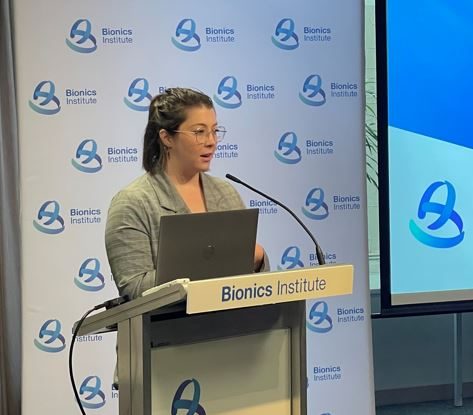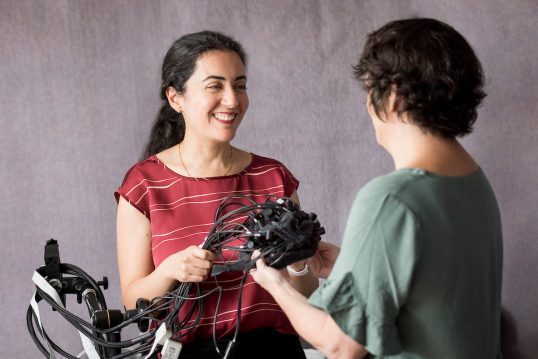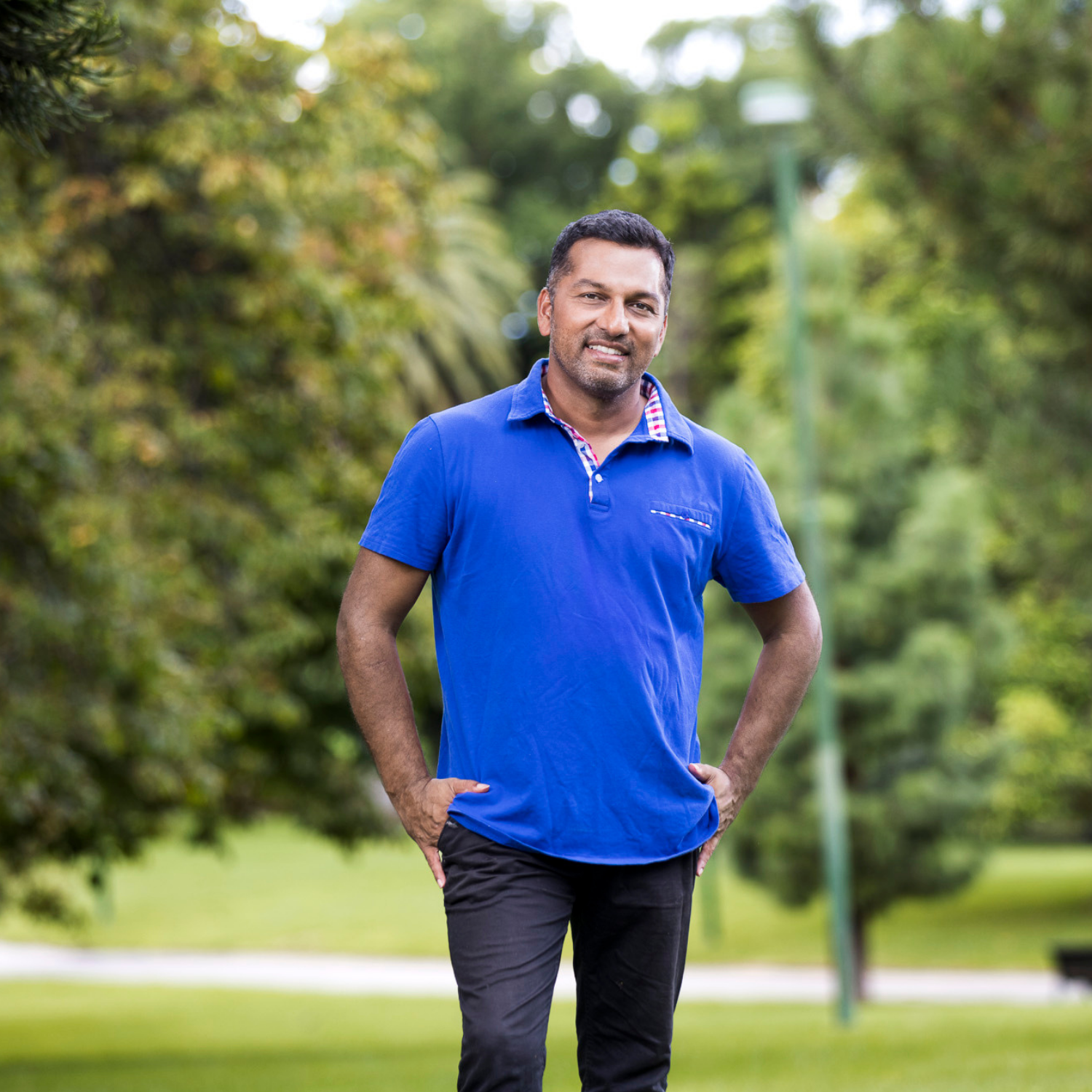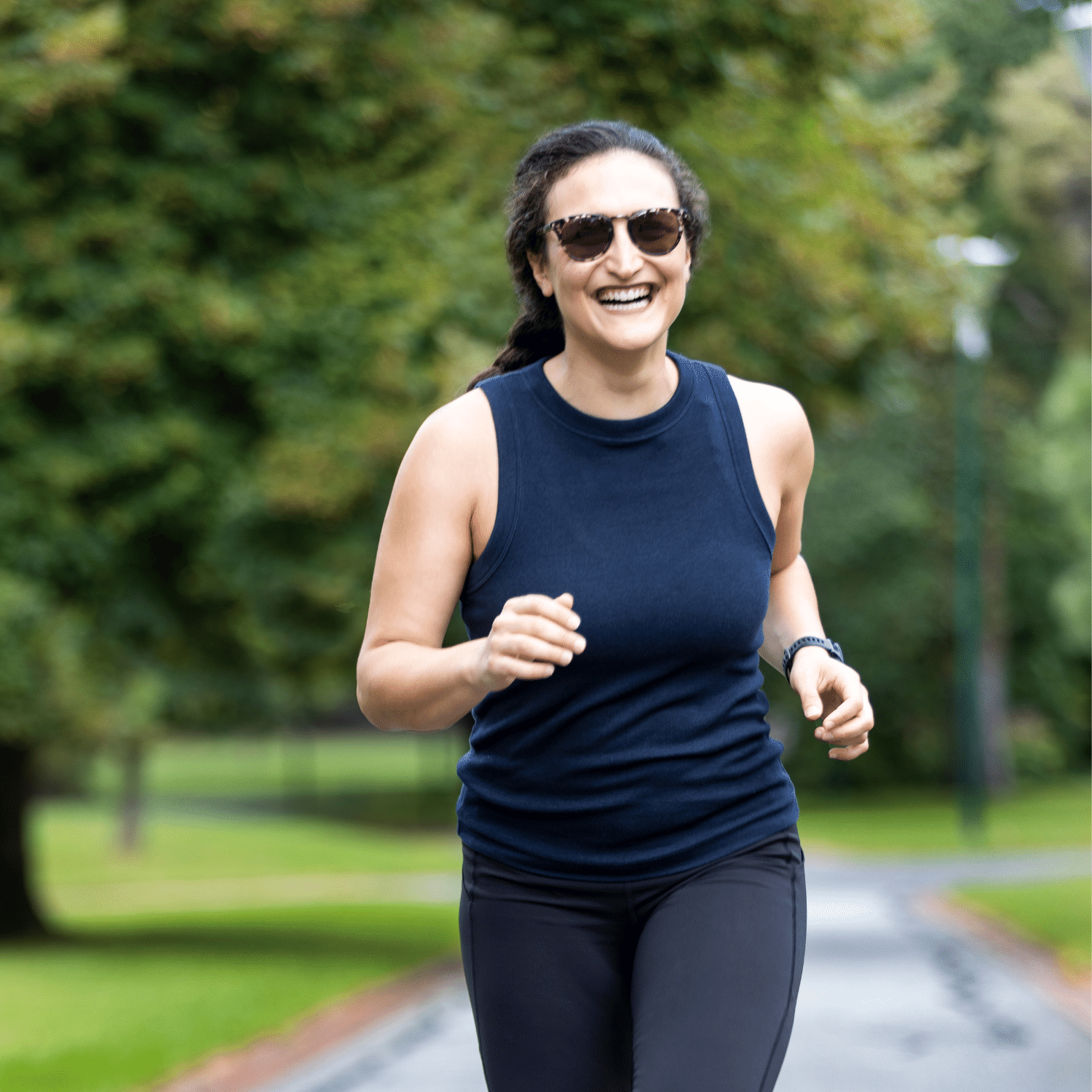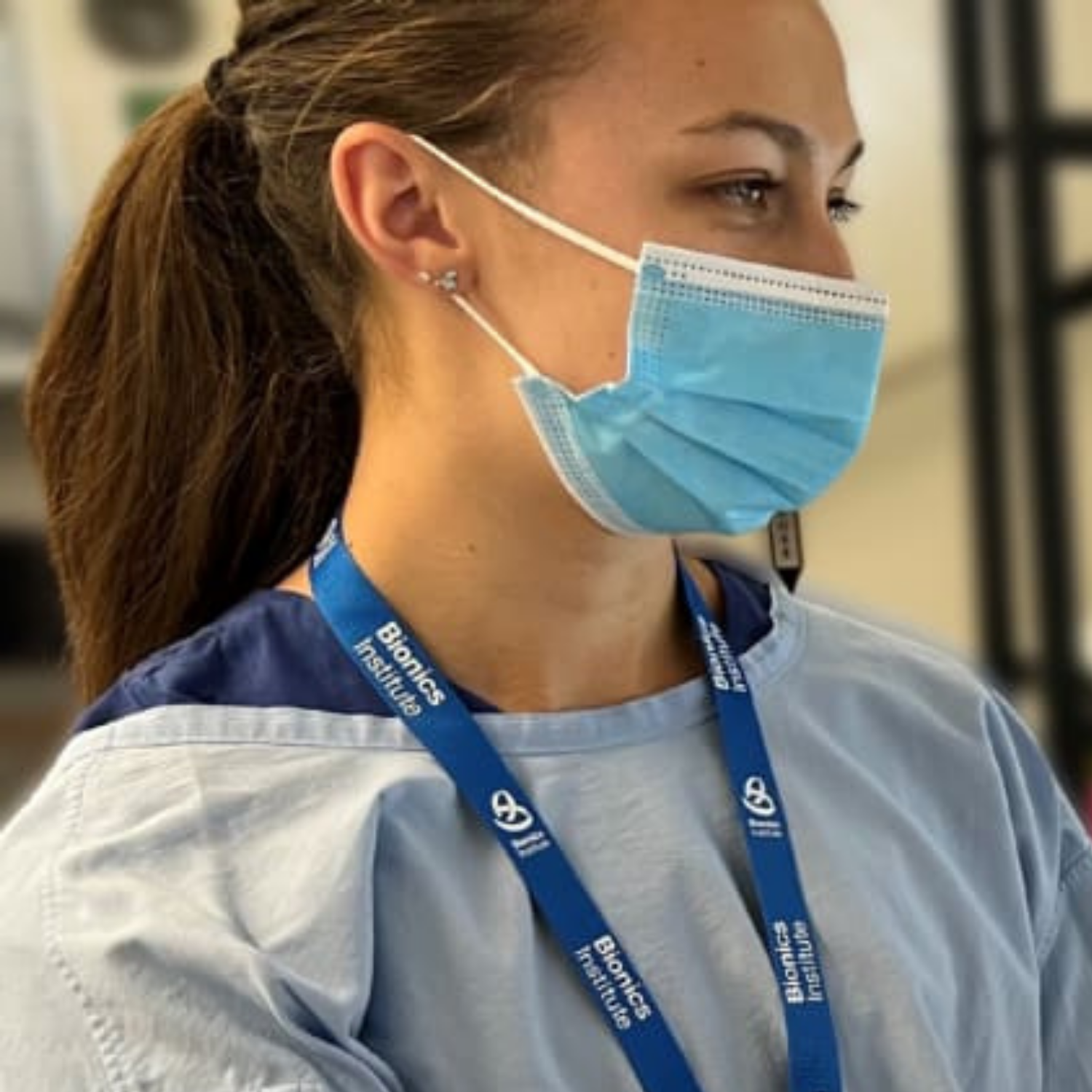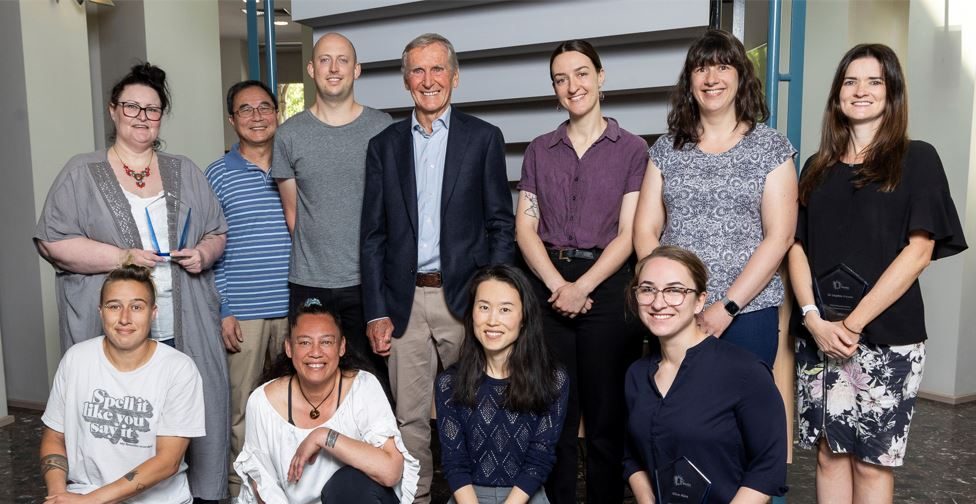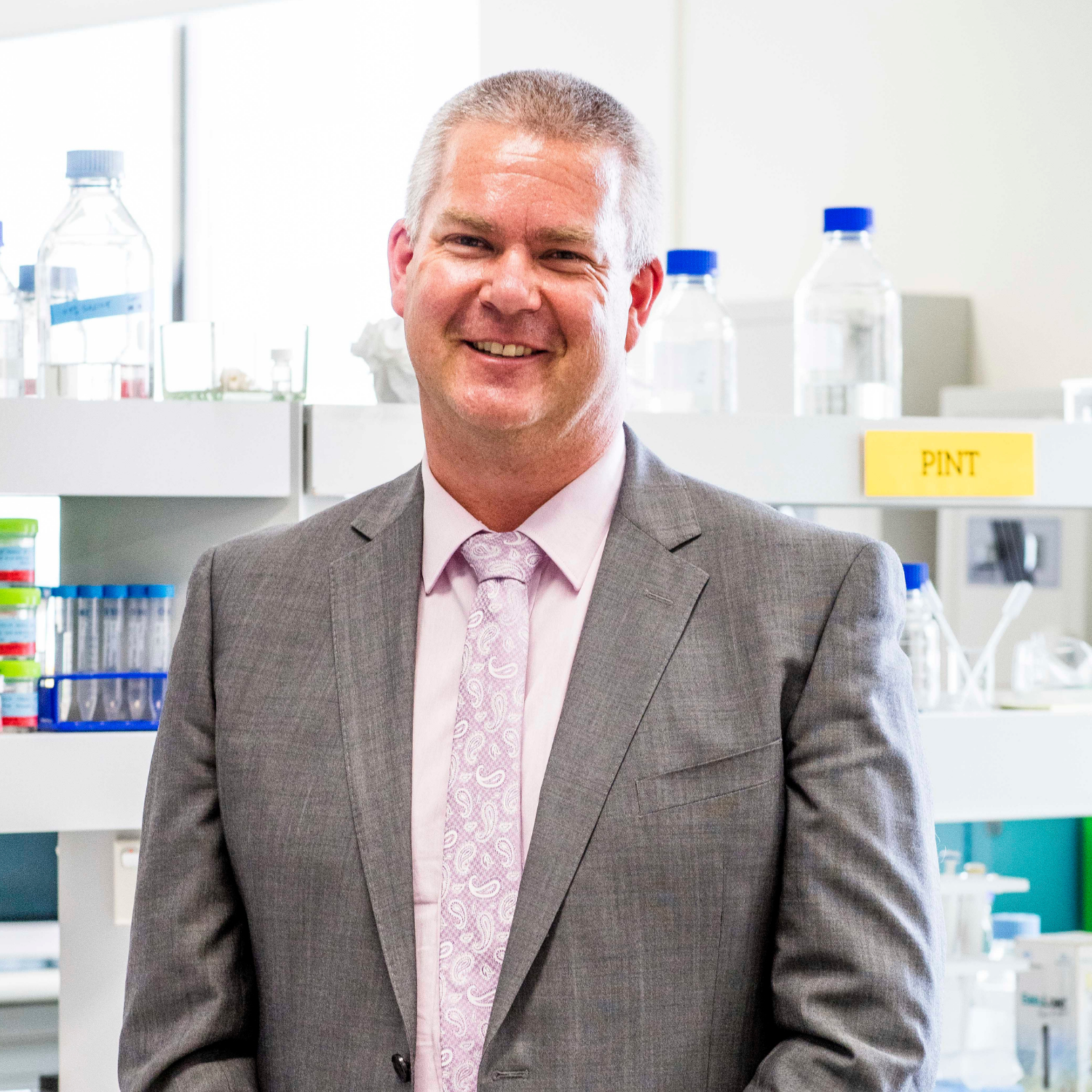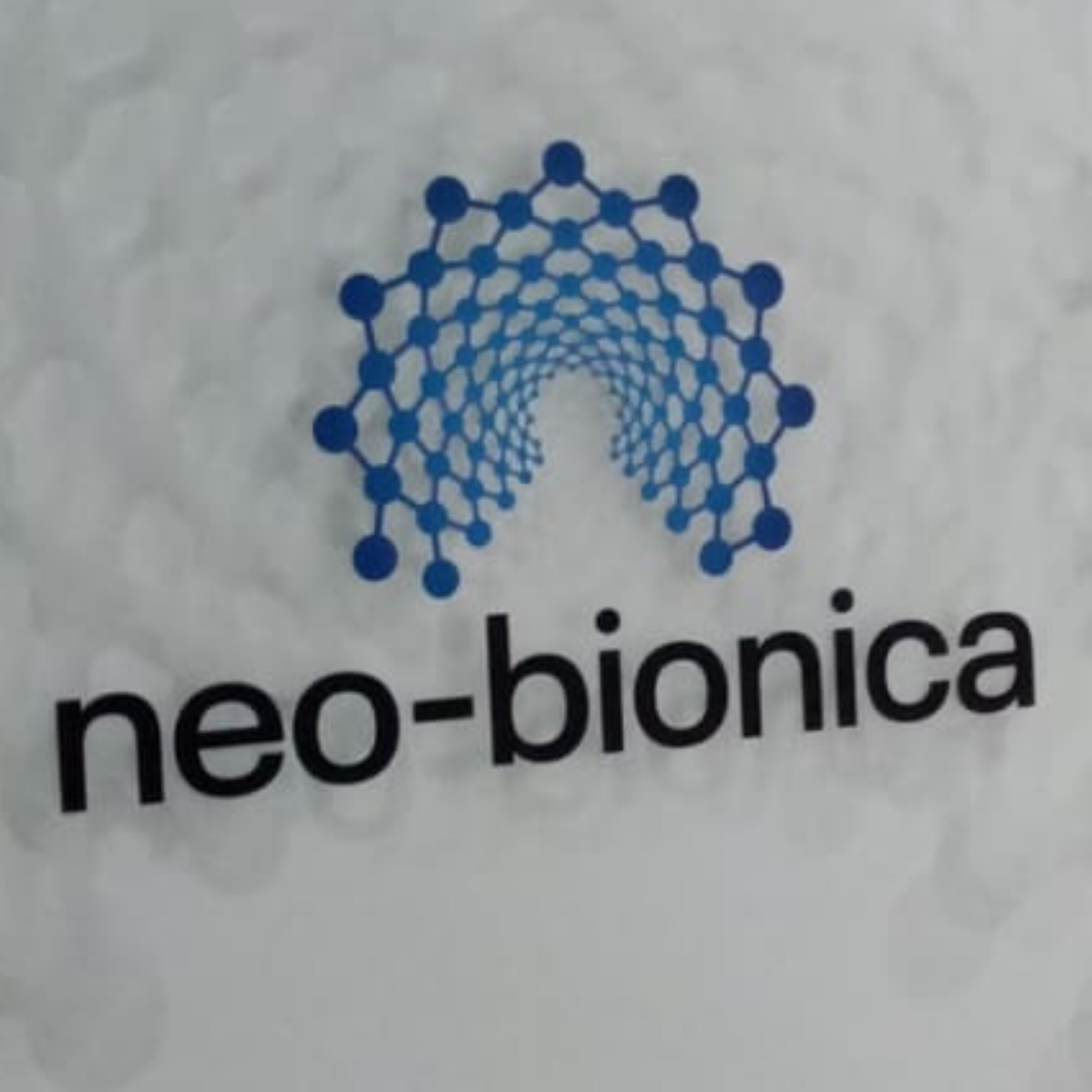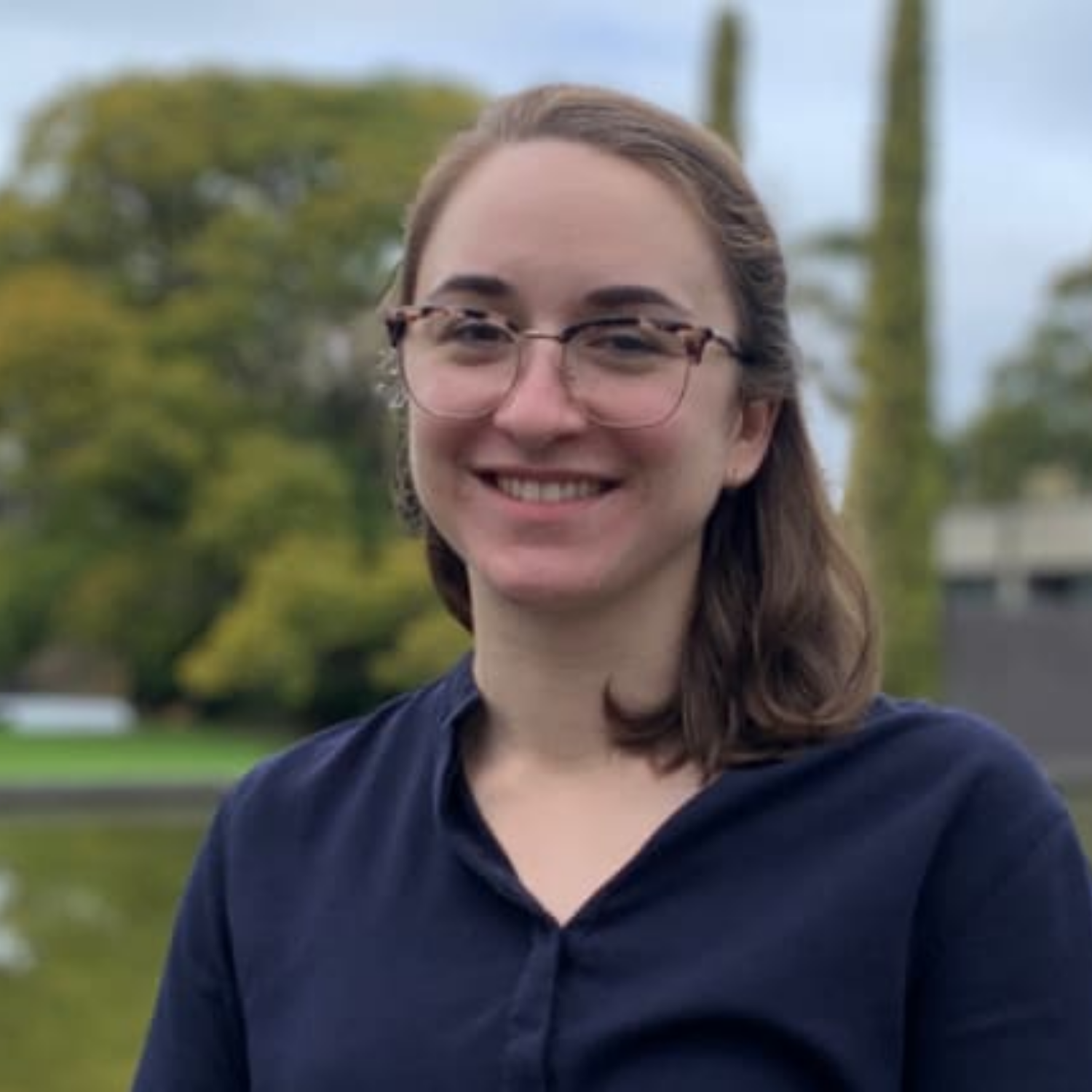Latest News
Revolutionising prosthetics: Groundbreaking achievement as bionic hand merges with user’s nervous and skeletal systems, remaining functional after years of daily use
The long-term integration of a bionic hand into the user’s nervous and skeletal systems has been reported as successful for the first time in a patient with a below-elbow amputation.
Karin – a Swedish woman who lost her right hand in a farming accident – was implanted with a novel human-machine interface into her residual bone, nerves, and muscles in December 2018.
The residual limb was surgically modified to better integrate with a bionic hand that uses artificial intelligence (AI) to understand her commands.
The research was led by Professor Max Ortiz Catalán, Head of Neural Prosthetic Research at the Bionics Institute in Australia and Founder of the Center for Bionics and Pain Research (CBPR) in Sweden.
The study was published today in the journal Science Robotics and involved researchers in Sweden, Italy, and Australia.
Life-changing impact of bionic technologies
Karin’s life took a dramatic turn when a farming accident claimed her right arm over 20 years ago. An injury which caused excruciating phantom limb pain.
“It felt like I constantly had my hand in a meat grinder, which created a high level of stress and I had to take high doses of various painkillers,” she says.
In addition to her intractable pain, she found that conventional prostheses were uncomfortable and unreliable, and thus of little help in daily life.
All this changed when she received groundbreaking bionic technology that allowed her to wear a much more functional prosthesis comfortably all day.
The higher integration of the prosthetic hand and Karin’s residual limb also relieved her pain and has been life changing.
“I have better control over my prosthesis, but above all, my pain has decreased. Today, I need much less medication,” Karin says.
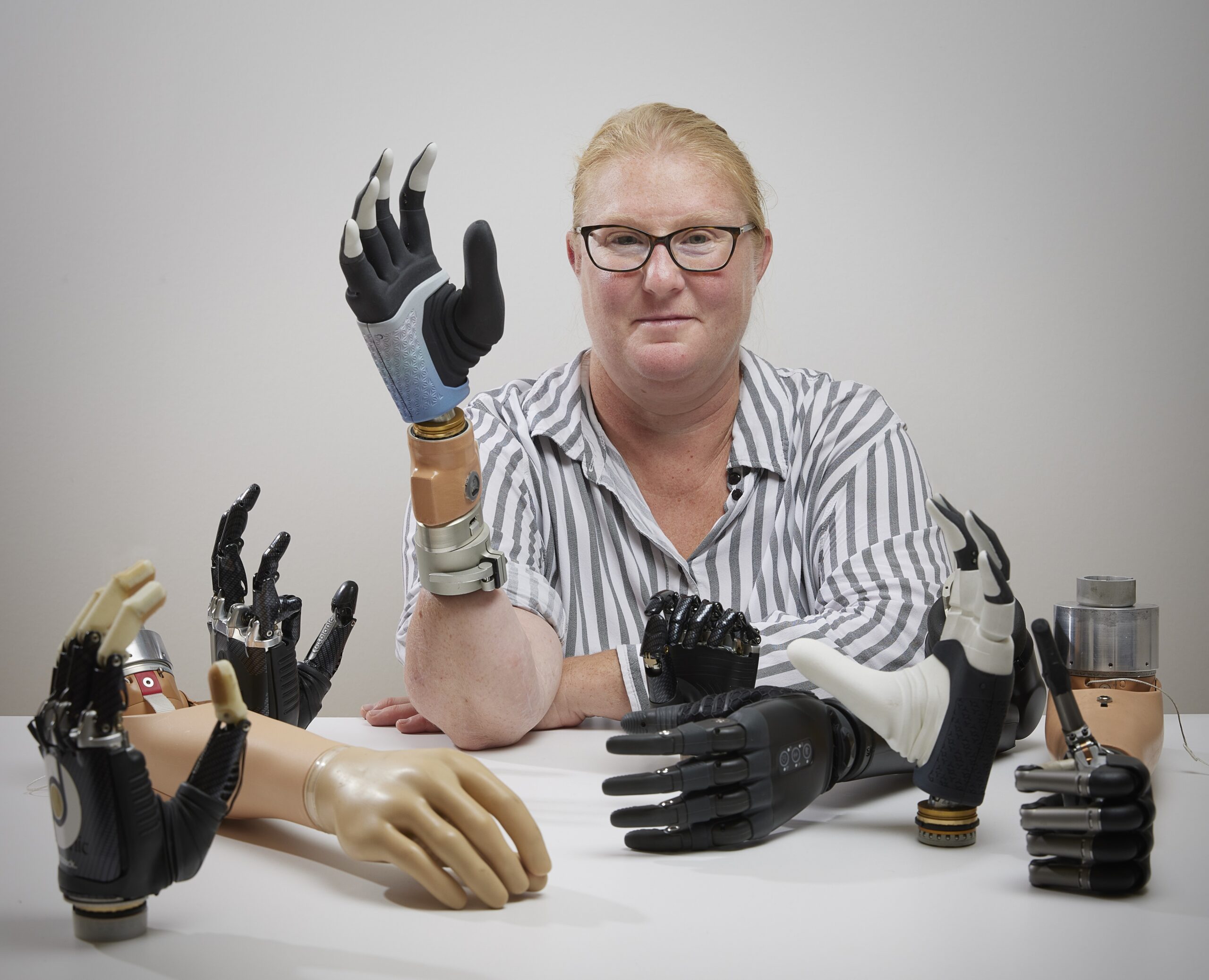
A Remarkable Fusion of Human and Machine
Mechanical attachment and reliable control of prosthetic limbs are two of the biggest challenges in artificial limb replacement.
People with limb loss often reject even the sophisticated prostheses commercially available because of these reasons, meaning painful and uncomfortable attachment with limited and unreliable controllability.
A multidisciplinary group of engineers and surgeons solved these problems by developing a human-machine interface that allows for the prosthesis to be comfortably attached to the user’s skeleton via osseointegration, while also enabling electrical connection with the nervous system via electrodes implanted in nerves and muscles.
“Karin was the first person with a below-elbow amputation to receive this new concept of a highly integrated bionic hand that can be used independently and reliably in daily life”, Professor Ortiz Catalán says.
“The fact that she has been able to use her prosthesis comfortably and effectively in daily activities for years is a promising testament to the potential life-changing capabilities of this novel technology for individuals facing limb loss.”
The challenges at this level of amputation are that the two bones (radius and ulna) should be aligned and loaded equally, and not much space is available for implanted and prosthetic components.
The research team nevertheless managed to develop a suitable neuromusculoskeletal implant that allows for connecting the user’s biological control system (the nervous system) with the electronic control system of the prosthesis.
An approach which Professor Ortiz Catalán says has benefits for those with phantom limb pain.
“Our integrated surgical and engineering approach also explains the reduction in pain, as Karin is now using somewhat the same neural resources to control the prosthesis as she did for her missing biological hand.”
Bionics Institute CEO Robert Klupacs says this research paves the way for people across the world with a below-elbow amputation to regain quality of life.
“This is an incredible step forward. This publication is evidence that combining sophisticated implanted electrodes, new microsurgical techniques and machine learning can provide a patient with a highly functioning bionic hand that they can control at will.
“We at the Bionics Institute are excited by what Professor Ortiz Catalán and his team of collaborators have achieved to date, and by their ongoing development of next generation bionic limb technology – particularly in light of its potential to assist with phantom limb pain relief,” he adds.
About the technology and osseointegration
A key feature of the new bionic technology is the skeletal attachment of the prosthesis via osseointegration; the process by which bone tissue embraces titanium creating a strong mechanical connection. Prof. Rickard Brånemark, research affiliate at MIT, associate professor at Gothenburg University, and CEO of Integrum, led the surgery and has worked with osseointegration for limb prosthesis since they were first used in humans.
“The biological integration of titanium implants into bone tissue creates opportunities to further advance amputee care. By combining osseointegration with reconstructive surgery, implanted electrodes, and AI, we can restore human function in an unprecedented way. The below elbow amputation level has particular challenges, and the level of functionality achieved marks an important milestone for the field of advanced extremity reconstructions as a whole,” Professor Rickard Brånemark explained.
The nerves and muscles in the residual limb were re-arranged to provide more source of motor control information to the prosthesis.
Dr Paolo Sassu (CBPR) conducted this part of the surgery that took place at the Sahlgrenska University Hospital in Sweden.
He said: “Depending on the clinical conditions, we can offer the best solution for our patients which sometimes is biological with a hand transplantation, and sometimes is bionic with neuromusculoskeletal prosthesis. We are continuously improving in both”.
The robotic hand, called Mia Hand, was developed by Prensilia and features unique motor and sensory components that allows the user to carry out 80% of the activities of daily living. “The acceptance of the prosthesis is critical for its successful use” says Dr. Francesco Clemente, Managing Director of Prensilia.
“Besides technical performance, Prensilia struggled to develop a hand that could be fully customiseable aesthetically. Mia Hand was born to be shown and not hidden. We wanted the users to be proud of what they are, rather than ashamed of what was lost.”
Funding
This work was one of the main outcomes of a project funded by the European Commission under Horizon 2020 called DeTOP (GA #687905). The research was also financed by the Promobilia Foundation, the IngaBritt and Arne Lundbergs Foundation, and the Swedish Research Council (Vetenskapsrådet).
“The DeTOP project, funded by the European Commission”, says coordinator Professor Christian Cipriani, from Scuola Sant’Anna, Pisa, “offered a great opportunity of collaboration which made possible the consolidation of state-of-art prosthetic and robotic technologies available in our institutions, that may have a terrific impact on people’s life”.
Collaborators
Paper authors include: Professor Max Ortiz Catalán, Head of Neural Prosthetic Research at the Bionics Institute in Australia, and Founding Director of the Center for Bionics and Pain Research in Sweden; Professor Rickard Brånemark, Research Affiliate at Massachusetts Institute of Technology, Associate Professor at Gothenburg University, and CEO of Integrum; Dr Paolo Sassu, Orthoplastic Consultant Surgeon, Istituto Ortopedico Rizzoli in Italy, and the Center for Bionics and Pain Research in Sweden; Dr Francesco Clemente, Managing Director of Prensilia.
Researchers are with the Center for Bionics and Pain Research (CBPR), a multidisciplinary collaboration between Sahlgrenska University Hospital, the Sahlgrenska Academy at the University of Gothenburg, and Chalmers University of Technology, all in Gothenburg, Sweden; the Bionics Institute in Melbourne, Australia; the Istituto Ortopedico Rizzoli, Bologna, Italy; the Scuola Superiore Sant’Anna, Pisa, Italy; TeamOlmed in Sweden; the University of Colorado, Aurora, USA; the Massachusetts Institute of Technology, Cambridge, USA; and the medical device companies Integrum AB in Sweden and Prensilia in Italy. The DeTOP project also included Lund University, the Swiss Center for Electronics and Microtechnology, INAIL Prosthetic Center, and Universitá Campus Bio-Medico.
You might be interested in…
Latest News
New research paper: Brain stimulation shows promise as a potential treatment for Alzheimer’s
The Bionics Institute’s Professor Kate Hoy has published a pioneering new research paper showing changes in brain activity and cognitive function in Alzheimer’s disease patients following six weeks of a patterned form of magnetic brain stimulation therapy.
The Bionics Institute’s Professor Kate Hoy has published a pioneering new research paper showing changes in brain activity and cognitive function in Alzheimer’s disease patients following six weeks of a patterned form of magnetic brain stimulation therapy.
This non-invasive stimulation therapy, called intermittent theta burst stimulation (iTBS), significantly improved brain connectivity and episodic memory in study participants with mild to moderate Alzheimer’s.
The research team found that the strength of patient’s brain connectivity, both before and after treatment, predicted improvement in episodic memory.
“This is the first trial to provide iTBS to multiple brain regions in Alzheimer’s disease,” Professor Hoy said.
“We were able to show that our iTBS treatment successfully improved a specific type of brain activity that is closely associated with cognitive functioning, and that this was linked with improvement in memory.”
“We’re pleased to be able to share these findings, which have led us to continue our research into the potential of brain stimulation to help fight memory loss in Alzheimer’s.”
Leading the way for future Alzheimer’s breakthroughs
In the study, participants were asked to perform a memory task prior to receiving iTBS therapy, following six weeks of stimulation treatment, then three- and six-months post-treatment.
Professor Hoy and her research team also measured the strength of gamma connectivity in the brain across the six-week treatment period, to see if iTBS enhanced gamma connectivity and influenced memory function.
Results showed that, following active treatment, there was a significant increase in gamma connectivity and a significant, albeit modest, improvement in recall ability.
Gamma connectivity in the brain is associated with learning, memory and information processing.
“Importantly, our research indicates that improvements in recall memory may be predicted by measuring the strength of a patient’s brain connectivity before the magnetic stimulation therapy,” Professor Hoy said.
These promising findings have directly informed our current Alzheimer’s disease clinical trial, which is investigating a personalised form of this treatment and aims to enhance the cognitive effects seen.
Significant step towards new treatments for Alzheimer’s disease
Our findings are a critical step in the development of therapies for Alzheimer’s disease.
Alzheimer’s is the most common form of dementia, which affects an estimated 55 million people worldwide [1].
Professor Kate Hoy is leading a world-first clinical trial to further investigate how a personalised form of magnetic brain stimulation can restore dysfunctional connections in the brain and fight memory loss in Alzheimer’s.
She and her team are recruiting more than 100 participants to take part in the clinical trial.
References
[1] World Health Organisation. Fact Sheets. Retrieved from: https://www.who.int/newsroom/fact-sheets/detail/dementia, viewed 16.09.2021
You might be interested in…
Latest News
Bionics Institute PhD Student awarded prestigious Scholarship
Bionics Institiute PhD candidate, Ajmal Azees, has been awarded a prestigious MedTech Actuator Menzies Scholarship.
Supported by the MedTech Actuator and the Menzies Foundation, 10 high potential PhD researchers are awarded a MedTech Actuator Menzies Scholarship annually to support their academic development.
“I applied for the MedTech Actuator Menzies Scholarship because it presents a unique opportunity at the intersection of science, research, and entrepreneurship,” said Ajmal.
“I believe that by immersing myself in this ecosystem of innovation, I can contribute not only to the advancement of medical technology but also learn how to effectively bring these innovations to market.”
Ajmal is currently under the supervision of Associate Professor Rachael Richardson and is investigating how a hybrid approach of light and electricity can enhance neural stimulation, which can lead to better outcomes in hearing, eye and pain research at the Bionics Institute.
“The MedTech Actuator Menzies Scholarship will profoundly impact my development and my contributions to the Bionics Institute,” he explained.
“By acquiring entrepreneurial skills and learning how to bridge the gap between research and commercialisation, I will be better equipped to translate our research findings into practical solutions that can benefit patients and society.”
Ajmal has displayed prodigious research talent during his PhD candidacy and won the RMIT Round of the Three Minute Thesis.
The Bionics Institute has a proud history of developing exceptional PhD students, and Ajmal is the second Bionics Institute student in consecutive years to be awarded a MedTech Actuator Menzies Scholarship, following Ishara Paranawithana in 2022.
You might be interested in…
Latest News
New research: thought-controlled movement of bionic limbs
Professor Max Ortiz Catalán joined the Bionics Institute in June this year to lead research into ground-breaking bionic limb technologies as Head of Neural Prosthetics Research.
A world leader in this field, Professor Ortiz Catalán has developed bionic limb technology that integrates with the remaining bone, nerves and muscles of a patient’s residual limb and enables thought-controlled movement similar to a biological limb.
Founder and Director of the Center for Bionics and Pain Research (CBPR) in Sweden, Professor Ortiz Catalán is also a full Professor of Bionics at Chalmers University of Technology in Gothenburg, Sweden.
The Bionics Institute and CBPR are now working closely together on the mission to develop and clinically implement technologies to eliminate disability and pain due to sensorimotor impairment.
Improving quality of life for people living with limb amputation
In 2017, more than 58 million people were living with limb amputation worldwide.
Conventional approaches to attaching prosthetics to the human body result in artificial limbs that can cause pain and discomfort and are difficult to control.

New research at the Bionics Institute
The Neural Prosthetics Research Program is focused on creating bionic limbs that are highly integrated with the human body, restoring the functionality of a limb lost through amputation or congenital limb malformation.
Surgical and engineering techniques are being used to connect an individual’s prosthesis with their nervous system, resulting in bionic limbs with more reliability and dexterity than current options.
The electronic control system of the prosthesis is then connected to the patient’s nerves and muscles, creating a neuromusculoskeletal human-machine interface.
This interface supports brain signals to travel through the nerves and muscles safely and reliably to the bionic limb, giving the patient movement control and sensory awareness.
New surgical procedures, neural interfaces and artificial intelligence algorithms are currently being used to further increase dexterity and the richness of sensory feedback.
You might be interested in…
Latest News
Grant funding boosts drug-free approach to relieve chronic pain
Nerve damage caused by disease, injury or infection can lead to chronic pain, which affects a staggering 1 in 4 people worldwide.
Bionics Institute researcher, Associate Professor Rachael Richardson says finding a drug-free alternative to medications has become her mission because they often give inadequate relief and cause unwanted side effects.
She says: “My team has developed a nerve stimulation technique that uses a combination of light and electricity, and we’ve shown we can either activate or suppress nerve activity, which both have a role in the treatment of chronic pain.”
Having shown that the new technique can be used to selectively activate the sciatic nerve, her team is now working on selectively suppressing parts of the sciatic nerve causing pain.
“We believe that using this technique will give us unprecedented control over the transmission of pain signals to the brain and remove the need for pain medication.”
A/Prof Richardson was recently awarded a grant by the CASS Foundation to take this research to the next step and with further support, plans to take this research all the way to the clinic to help people suffering from chronic pain.
You might be interested in…
Latest News
Taking tinnitus research to the next level
Unlike many other conditions, there’s currently no reliable test to diagnose tinnitus.
Without a diagnostic tool, researchers are unable to test the effectiveness of treatments to give relief to people living with constant ringing and buzzing in their ears.
This is despite the fact that severe cases can lead to sufferers stopping work and social activities, causing financial hardship and worsening mental health.
Bionics Institute researcher Dr Mehrnaz Shoushtarian and her team have been working on a test to diagnose tinnitus using a combination of light technology and artificial intelligence.
Pilot studies show that the test is over 80% effective in diagnosing the severity of tinnitus.
Now we need the help of our supporters to take this test to the next level – a comprehensive clinical trial needed to get approval for use of the test in clinics.
This will be the next step towards developing life-changing treatments for this auditory torment.
You might be interested in…
Latest News
Supporting students to pursue a career in research
For Bionics Institute supporters Peter Griffin AM and Terry Swann, the decision to set up a scholarship fund to support a PhD student over four years was very straightforward.
“We see our role as assisting research institutes to fund bright, young people to advance knowledge into a range of problems still facing society today,” Peter explains.
Peter and Terry were particularly keen to fund a student at the Bionics Institute because it is known for fast translation of research into the clinic to improve the lives of people living with challenging health conditions.
Peter says: “The Bionics Institute is unique because their researchers are experts in the use of bioengineering to find solutions to health issues. I look forward to seeing the results of research into fighting memory loss in Alzheimer’s undertaken by our Griffin Swann PhD Scholarship recipient.”
Thank you to our kind and compassionate supporters who, like Peter and Terry, were moved to donate to our appeal in June to support PhD student scholarships. Your generous gifts will help high achieving students undertake PhD research into conditions such as hearing loss, rheumatoid arthritis and chronic pain which, without your support, would not be possible.
You might be interested in…
Latest News
A word from our CEO
Marking a new era in Australian med tech innovation, we are thrilled to welcome senior researcher Professor Max Ortiz Catalán to lead a new research stream at the Bionics Institute.
Founder and Director of the Center for Bionics and Pain Research (CBPR), a joint initiative of Chalmers University of Technology, Sahlgrenska University and Gothenburg University in Sweden, Professor Ortiz Catalán is a world leader in bone implanted prosthetics and the development of treatments for phantom pain.
As Head of our Neural Prosthetics Research Program, he and his team aim to eliminate disability and pain for people with limb loss by combining the expertise of the Bionics Institute and CBPR.
Chronic pain is also the focus of world leading research led by Associate Professor Rachael Richardson, who has developed new technology that enables highly specific nerve stimulation by combining the use of light, electricity and genetic targeting to treat chronic conditions, such as sciatica.
We’re delighted to have commenced two first-in-human clinical trials earlier this year. We look forward to updating you on the progress of both our new and established research in the future.
We were proud to host the 2023 Bionics Institute Innovation Lecture in May. It was an enormous successattended by nearly 300 people from the med tech ecosystem.
Thank you to our kind and compassionate supporters who donate towards our research – our work would not be possible without your help.
You might be interested in…
Latest News
Alzheimer’s clinical trial commences
Thank you to our generous donors who have made possible the commencement of our Alzheimer’s treatment trial.
Professor Kate Hoy and her team are now able to recruit over 100 participants to trial a non-invasive brain stimulation treatment – called Transcranial Magnetic Stimulation – that shows promise in the fight against memory loss.
Interest in the trial has been significant, with over 850 people expressing interest and potential participants undergoing rigorous assessments to ensure suitability, including a referral letter from their treating doctor.
The trial aims to establish how Transcranial Magnetic Stimulation can restore dysfunctional connections in the brain using a personalised approach, with the aim of improving brain function and fighting memory loss in Alzheimer’s.
The treatment involves scans of the brain to establish the exact locations requiring stimulation, which is provided 5 days a week for 6 weeks, then weekly for a further 6 weeks.
We urgently need funding to expand this trial across the country and help researchers turn this treatment into reality. Your generosity will give hope to people living with the distress of Alzheimer’s disease.
You might be interested in…
Latest News
A new home for the Bionics Institute in 2025
The Bionics Institute has bold plans for expansion to speed up the development of medical devices that transform the way we treat disease.
And our team of world scientists, engineers and clinicians need world class facilities to carry out their ground-breaking research into Alzheimer’s, arthritis, hearing loss, tinnitus, chronic pain and bionic limbs.
From 2025, the Bionics Institute will be headquartered in the Aikenhead Centre for Medical Discovery (ACMD) – Australia’s first hospital-based biomedical engineering research centre, currently under construction at St Vincent’s Hospital Melbourne.
One of eight independent partners sharing the new building, the Bionics Institute will benefit from co-location and collaboration with leading universities, research institutes and major industry partners.
In addition, our position on the campus of a leading tertiary hospital means we will continue to work shoulder to shoulder with the clinicians and specialists who guide and inform device development to meet clinical needs.
ACMD Partners

Benefits of being an independent partner in the ACMD
Collaboration lies at the heart of the ACMD and Bionics Institute staff will be allocated space across three floors of the ACMD to enable better communication and innovative idea generation between partners. We will also have access to shared meeting rooms, a lecture theatre for research seminars and specialised research facilities.
Sharing running costs between eight partners will bring cost savings and our researchers will be able to access state-of-the-art equipment we would not be able to purchase as a single entity. For example, the ACMD will be equipped with a machine that is used to visualise and track bone and joint motion in 3D. This will give our researchers the ability to evaluate the effectiveness of bone implants with incredible accuracy.
Maintaining our existing laboratories
Research undertaken at the Bionics Institute is very specialised and we lead the world in the evaluation of the safety and efficacy of medical devices before they are trialled in humans. For this reason, we will maintain our laboratories within the St Vincent’s campus, which are just five-minute walk away from the new building.




